MOF-derived nanoporous carbons with diverse tunable nanoarchitectures
Minjun Kim, Ruijing Xin, Jacob Earnshaw, Jing Tang, Jonathan P. Hill, Aditya Ashok, Ashok Kumar Nanjundan, Jeonghun Kim, Christine Young, Yoshiyuki Sugahara, Jongbeom Na, Yusuke Yamauchi
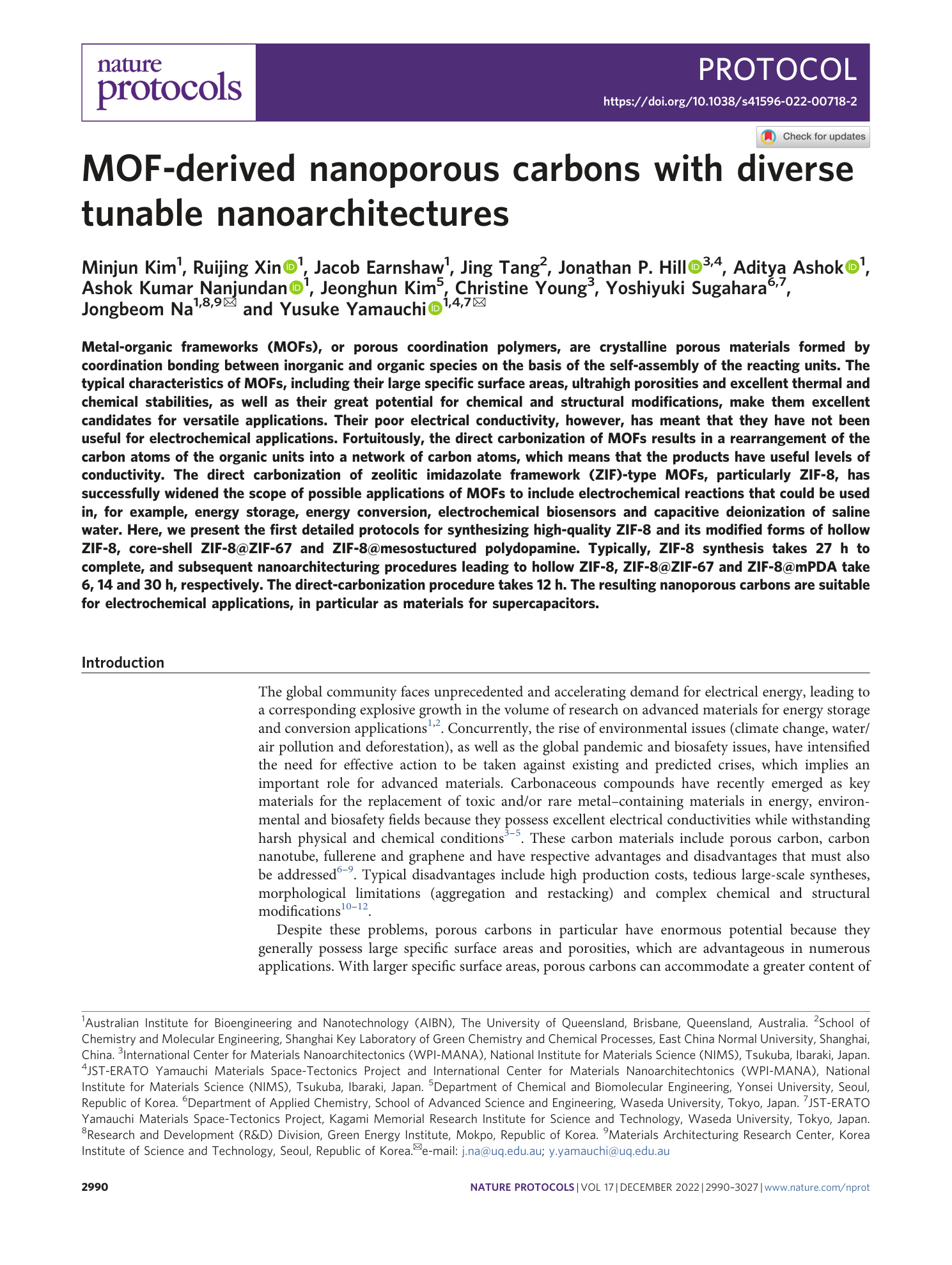
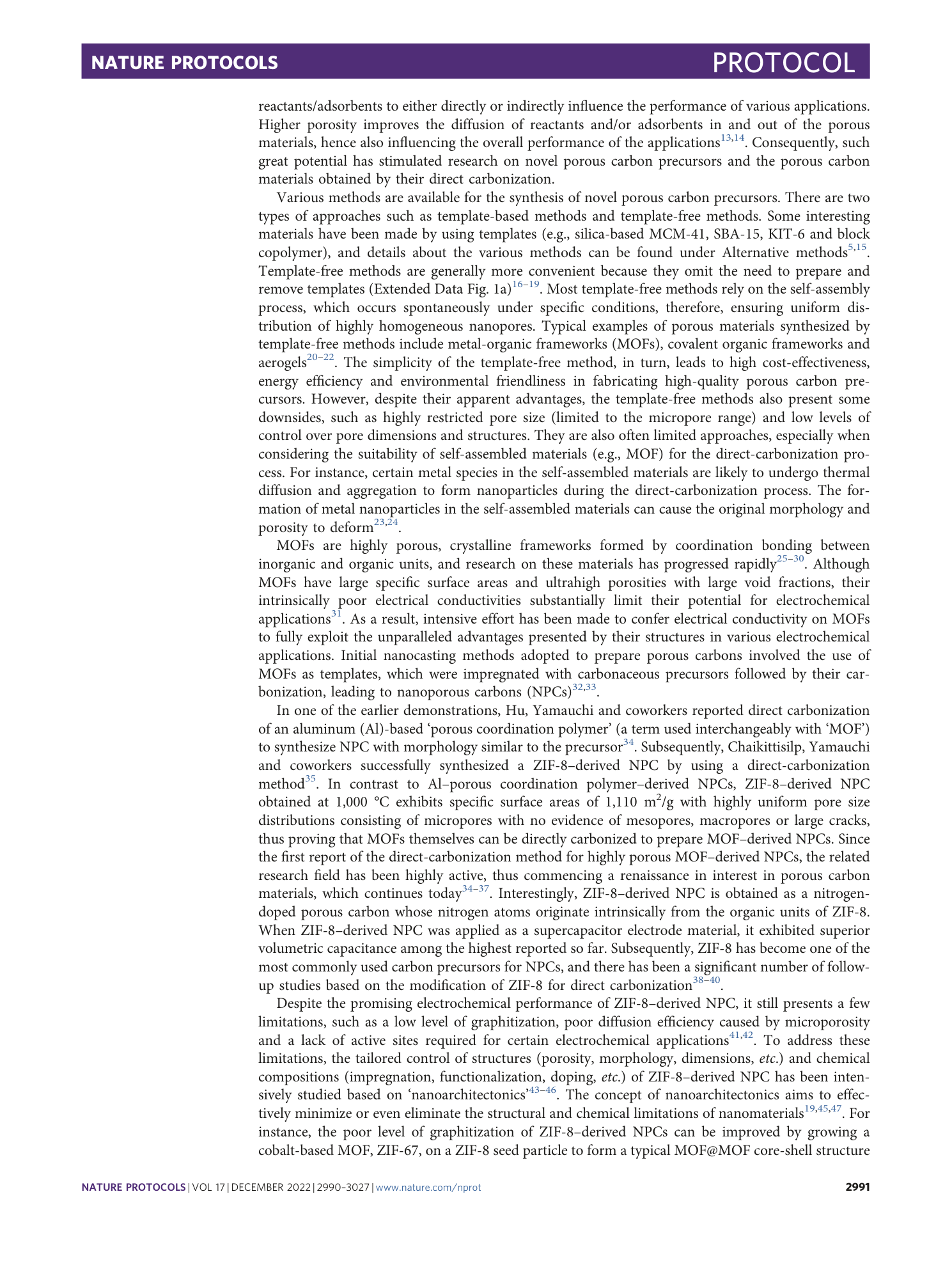

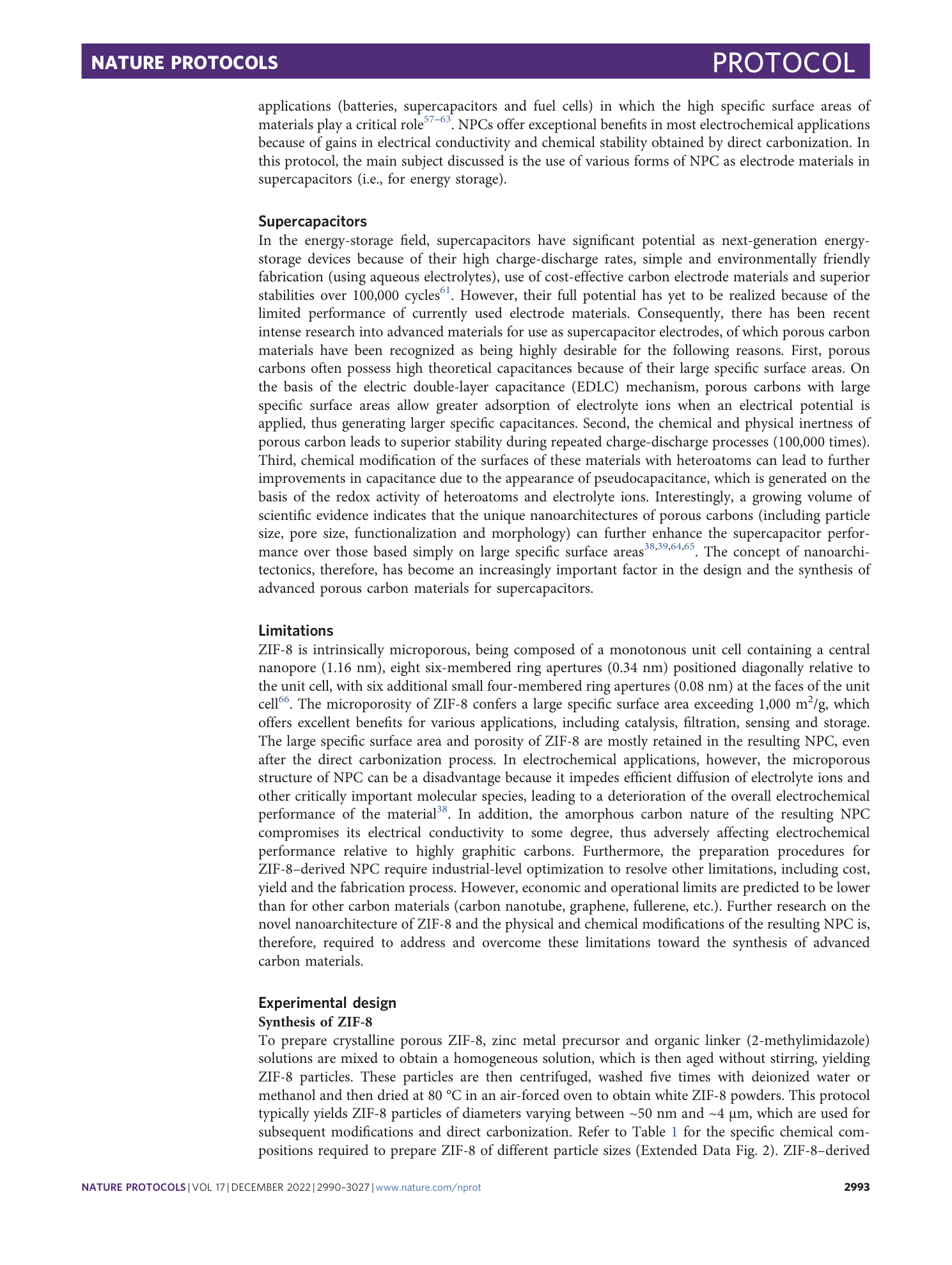
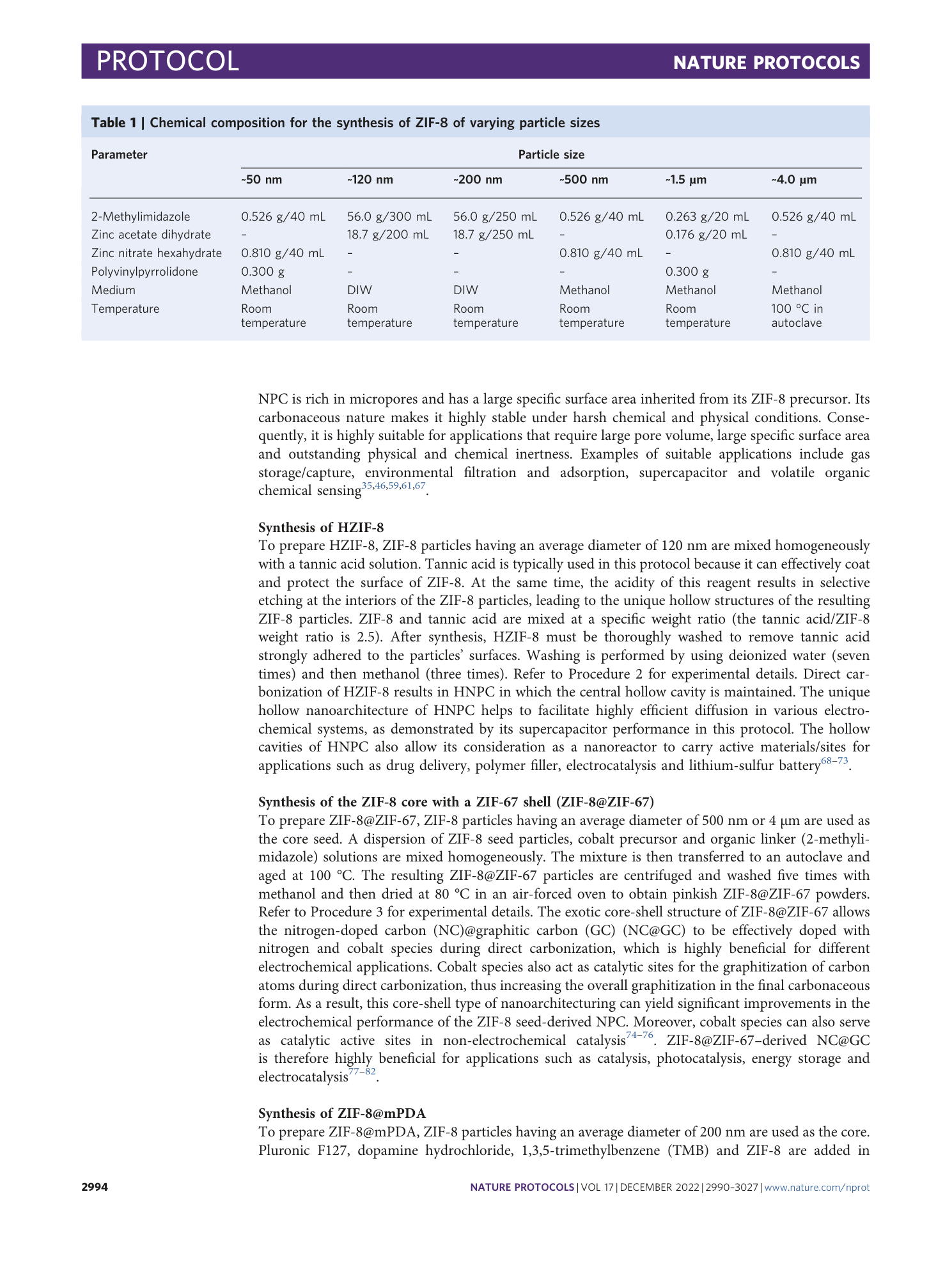
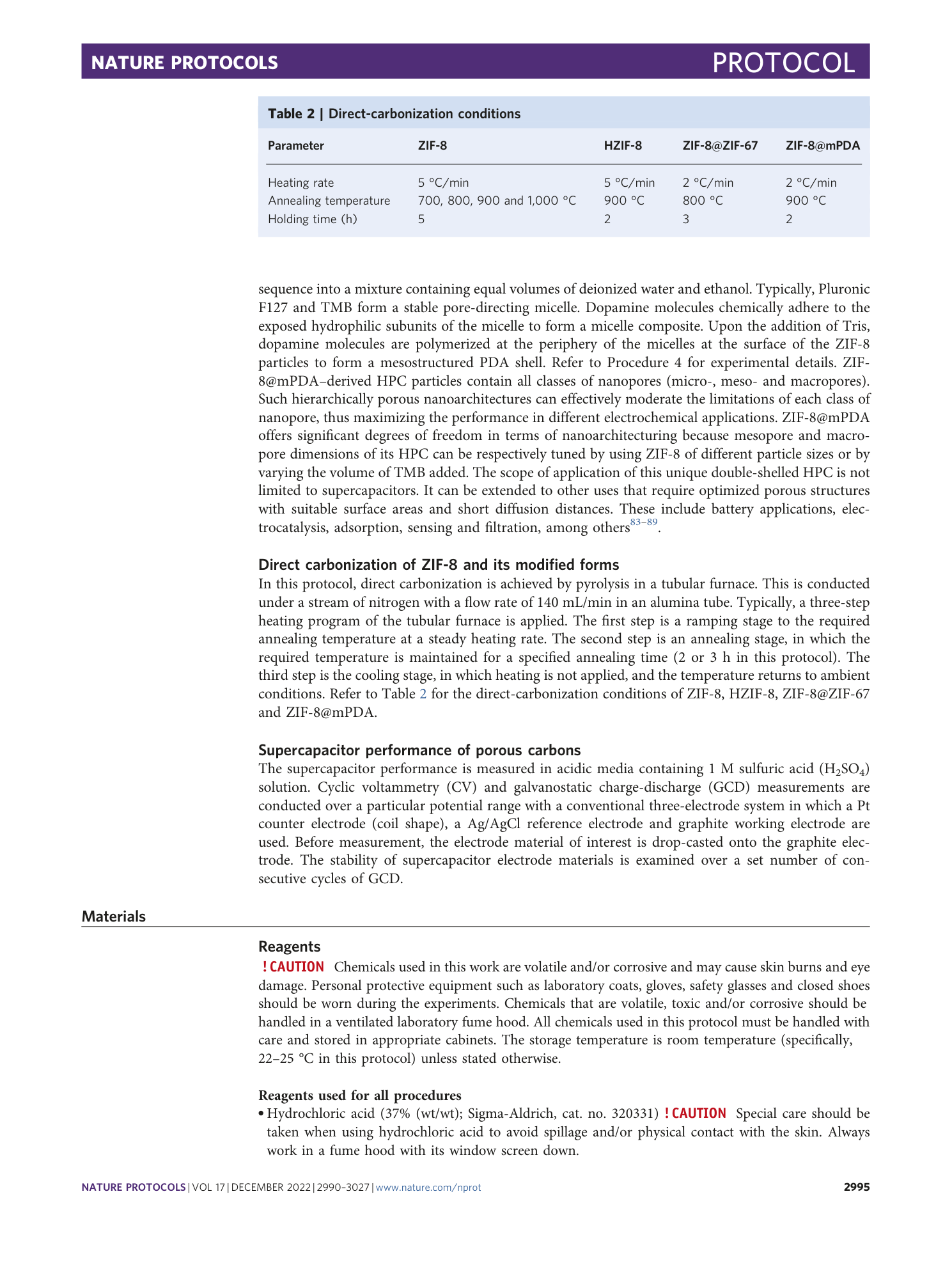

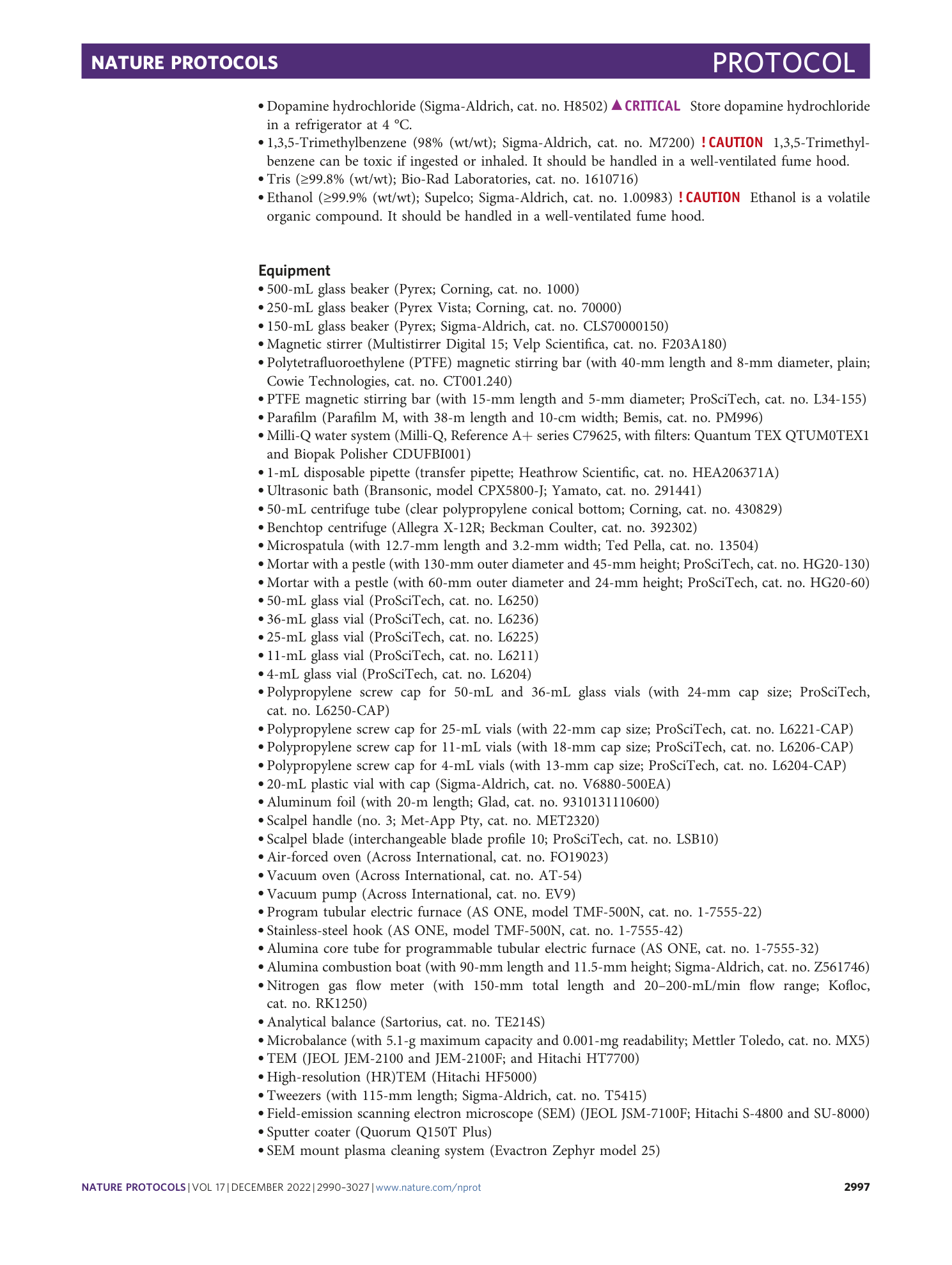
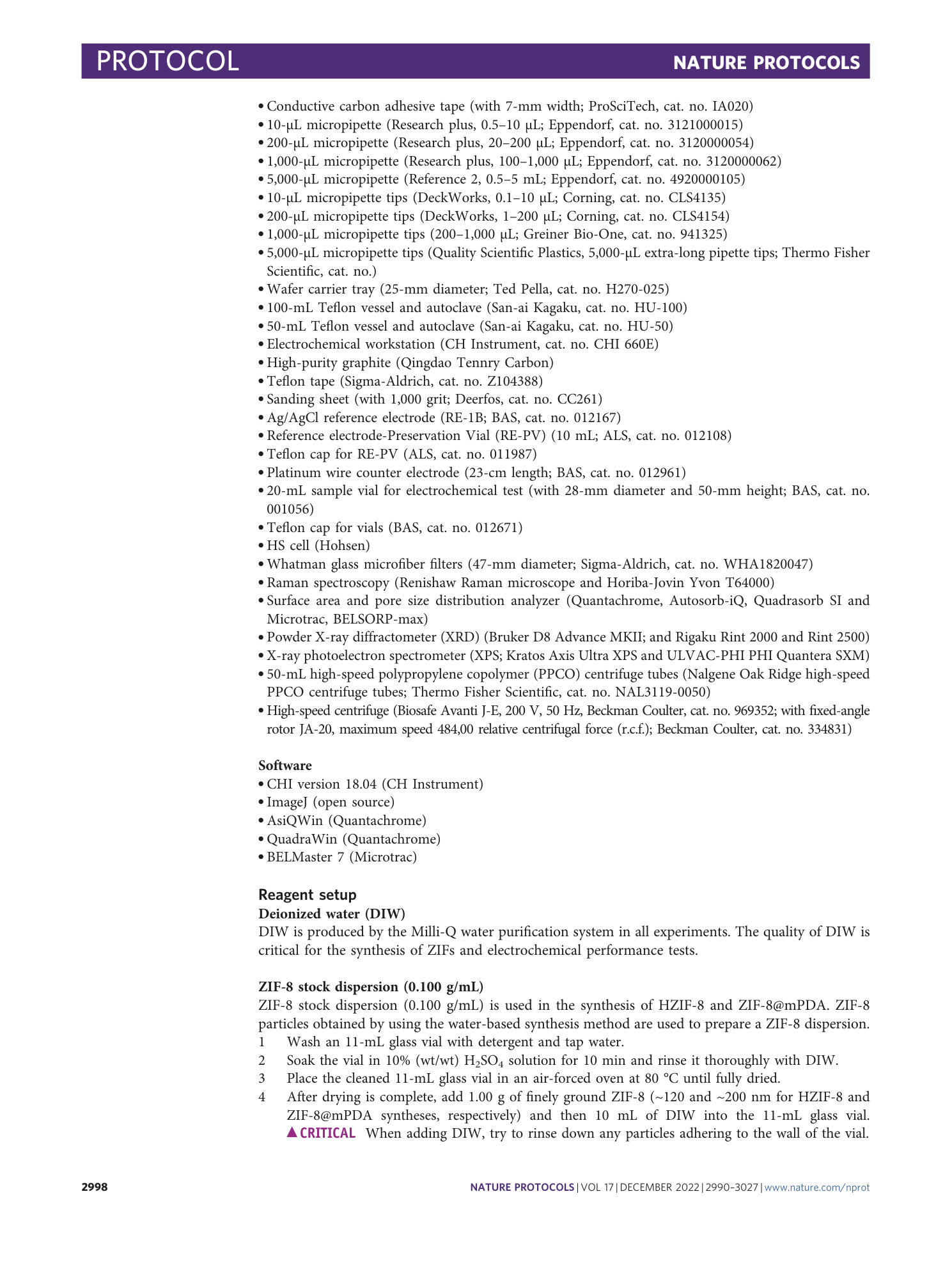
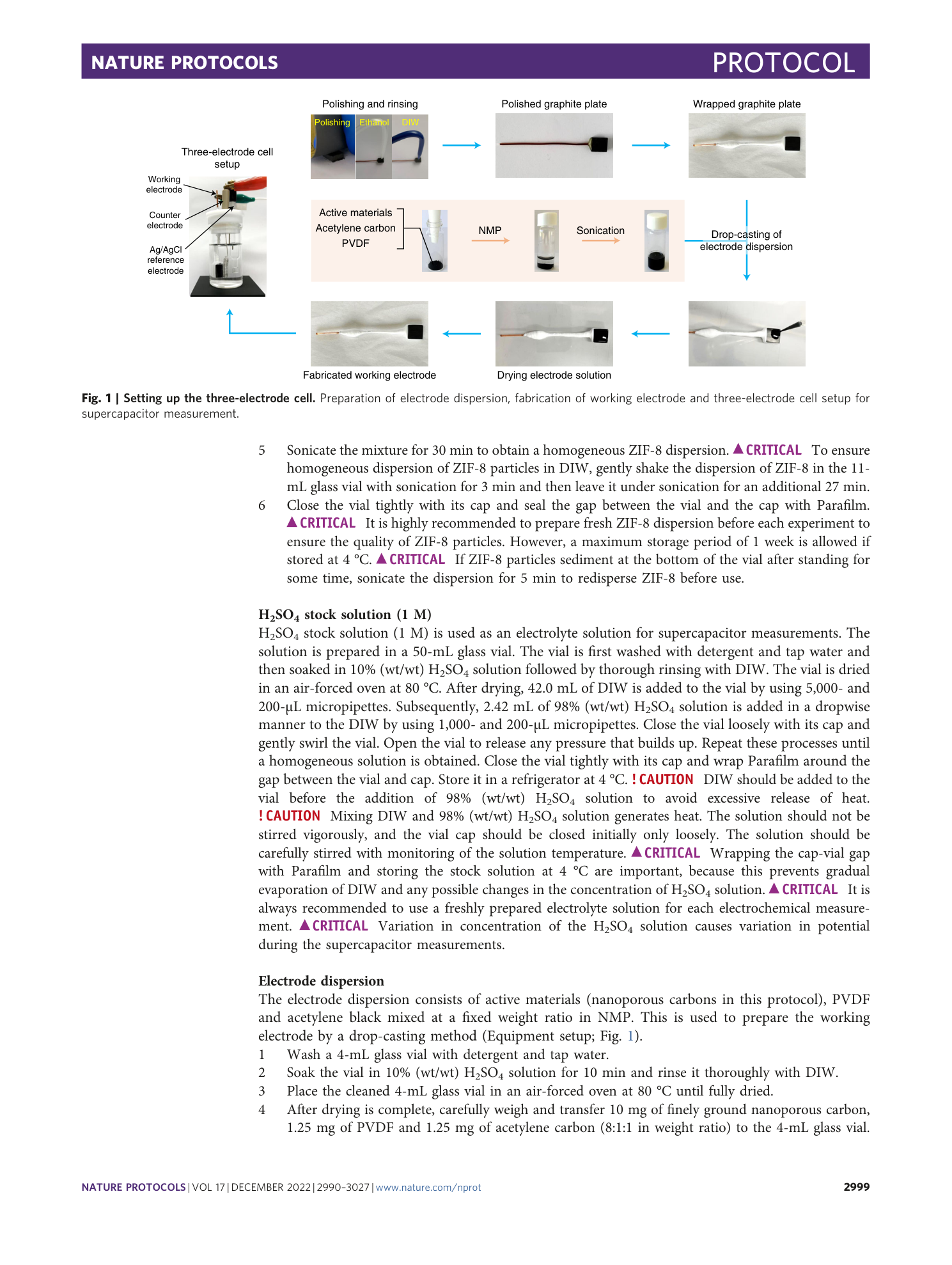
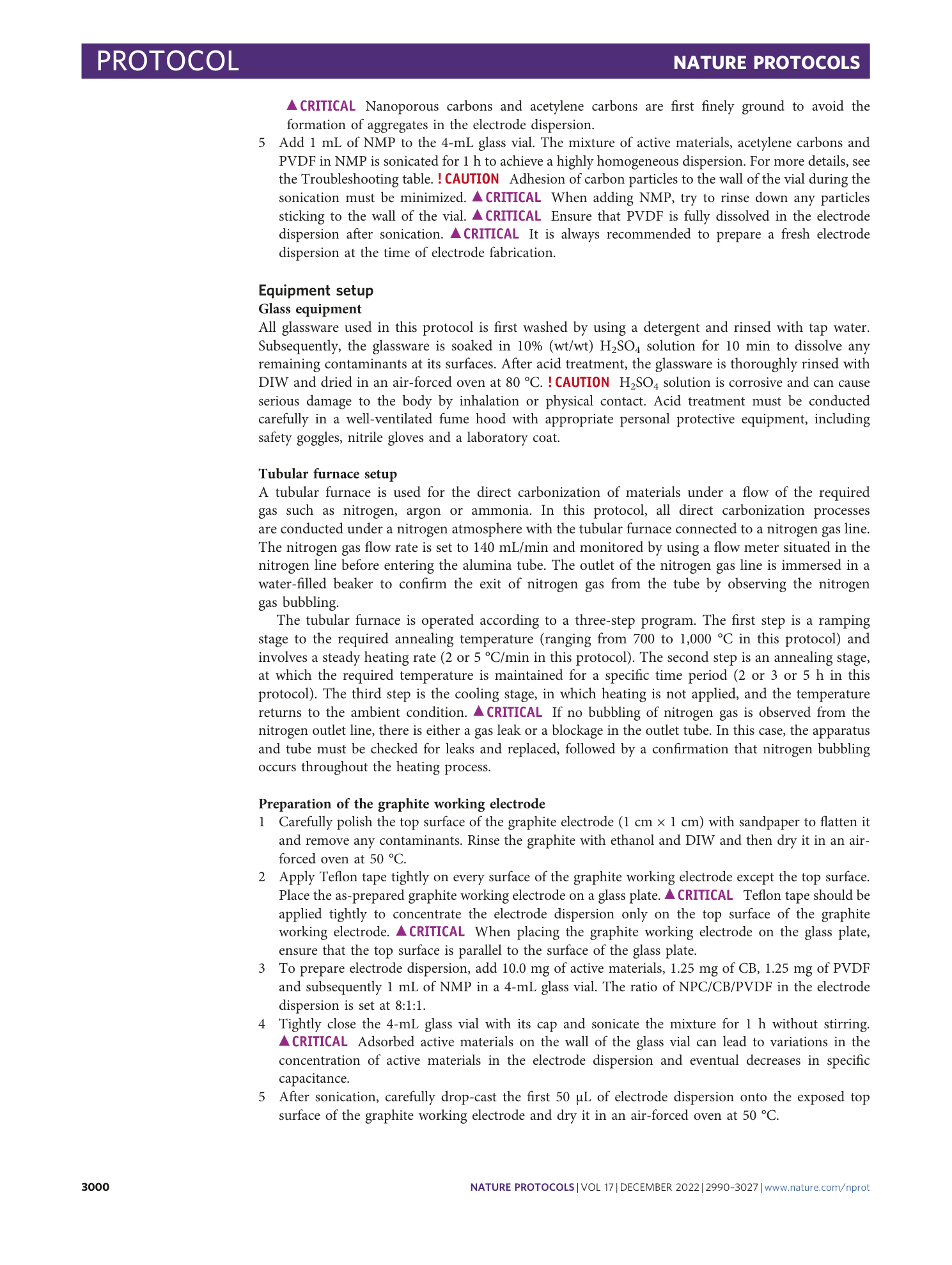

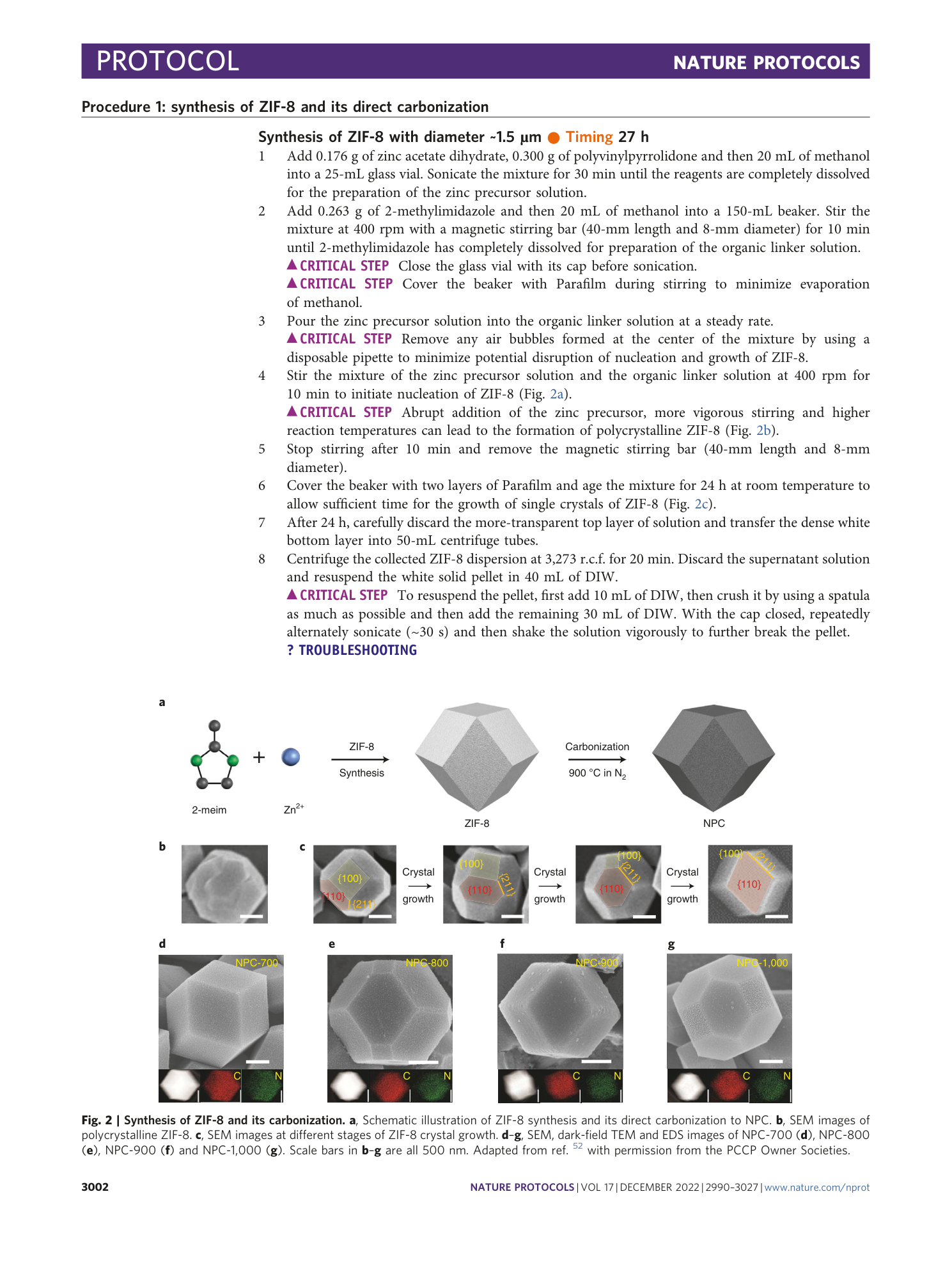
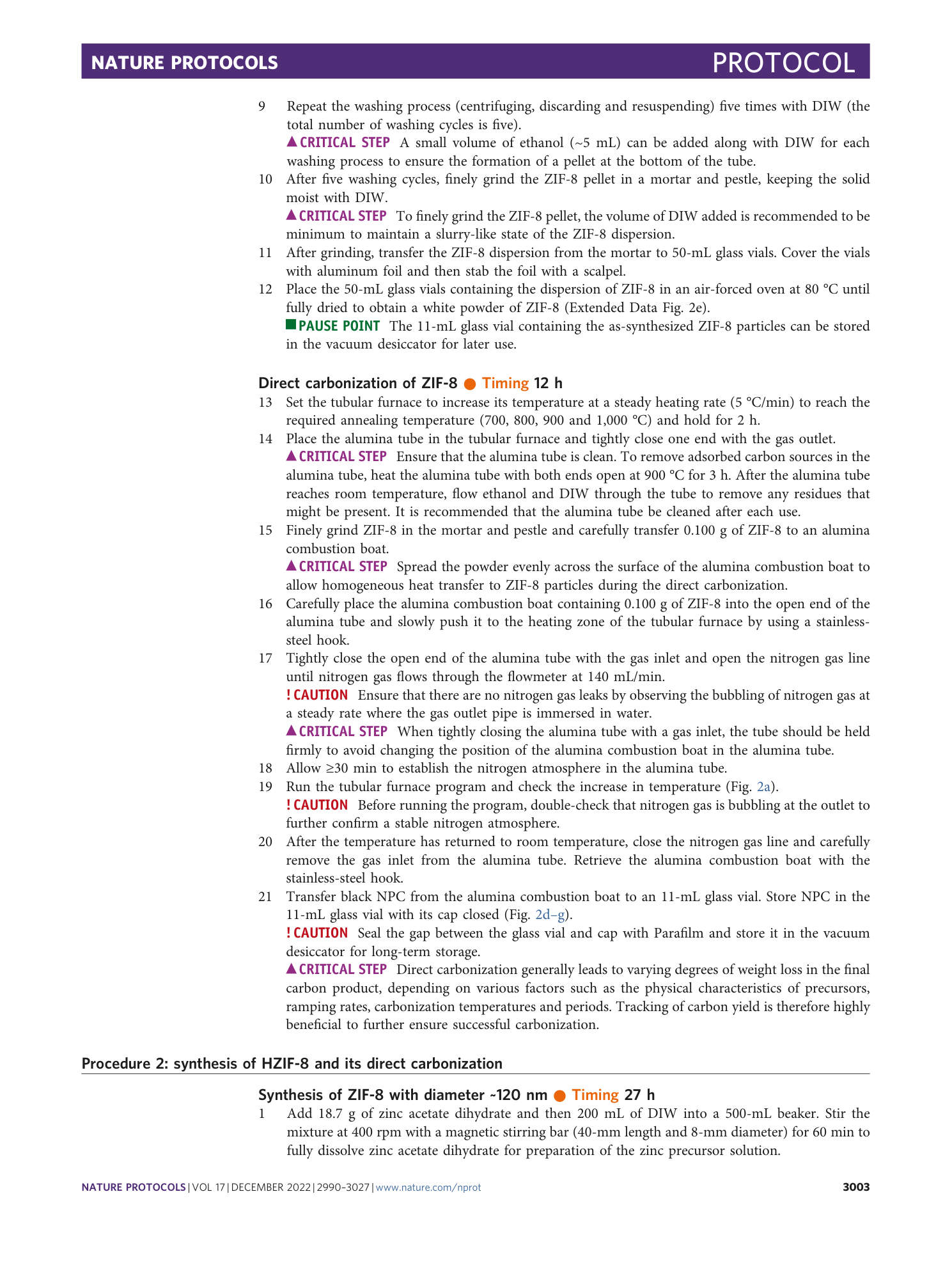

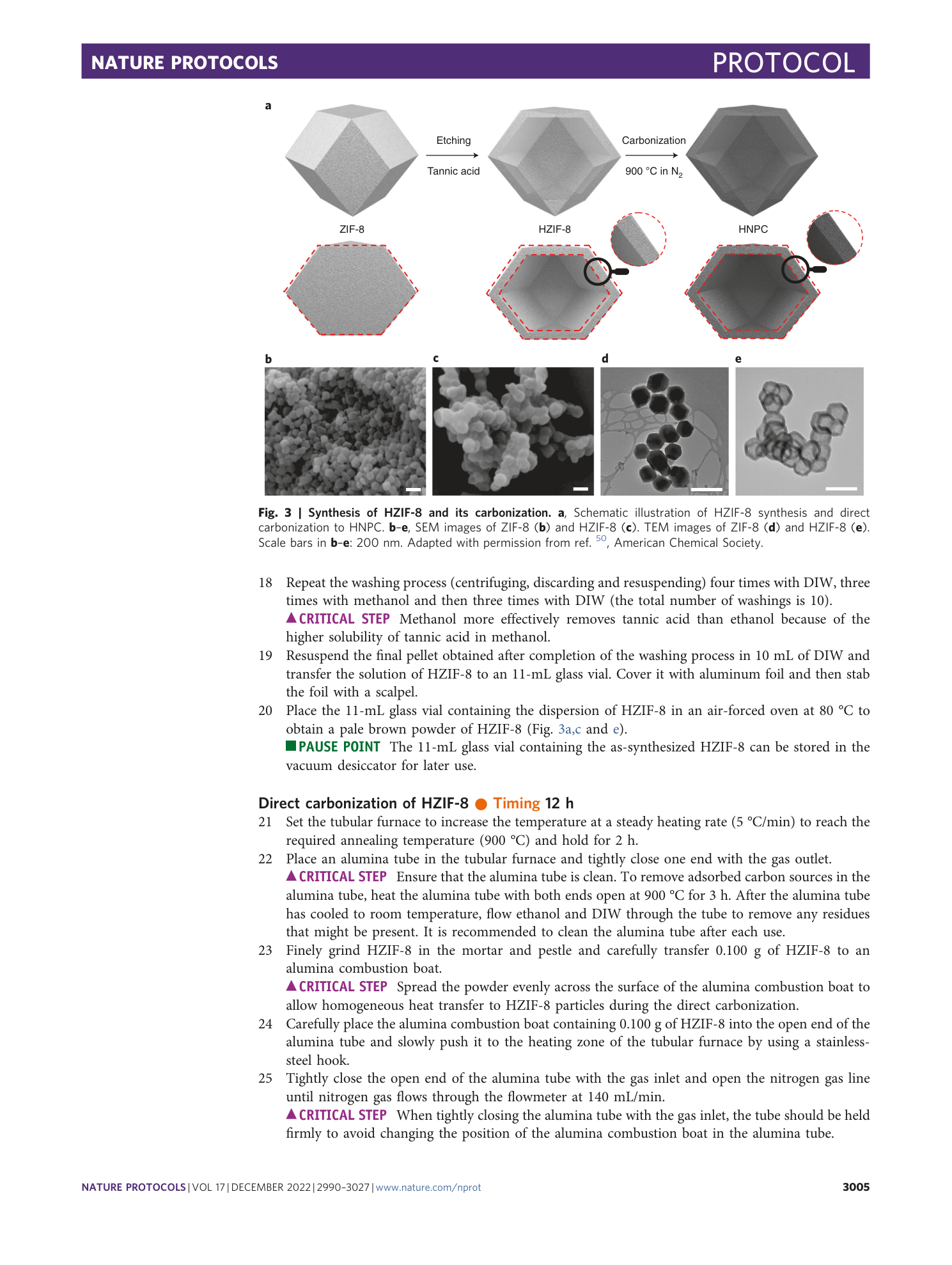

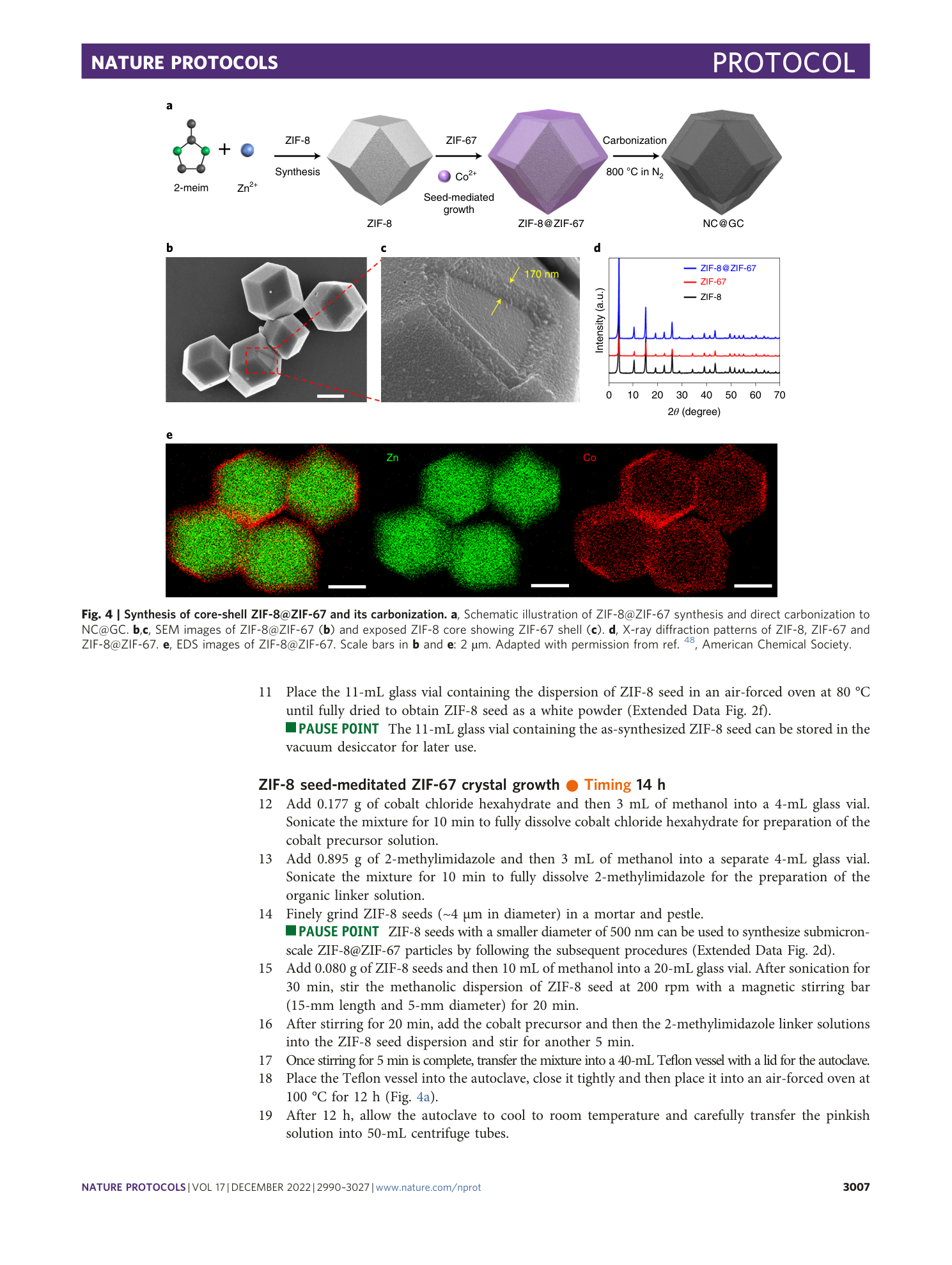

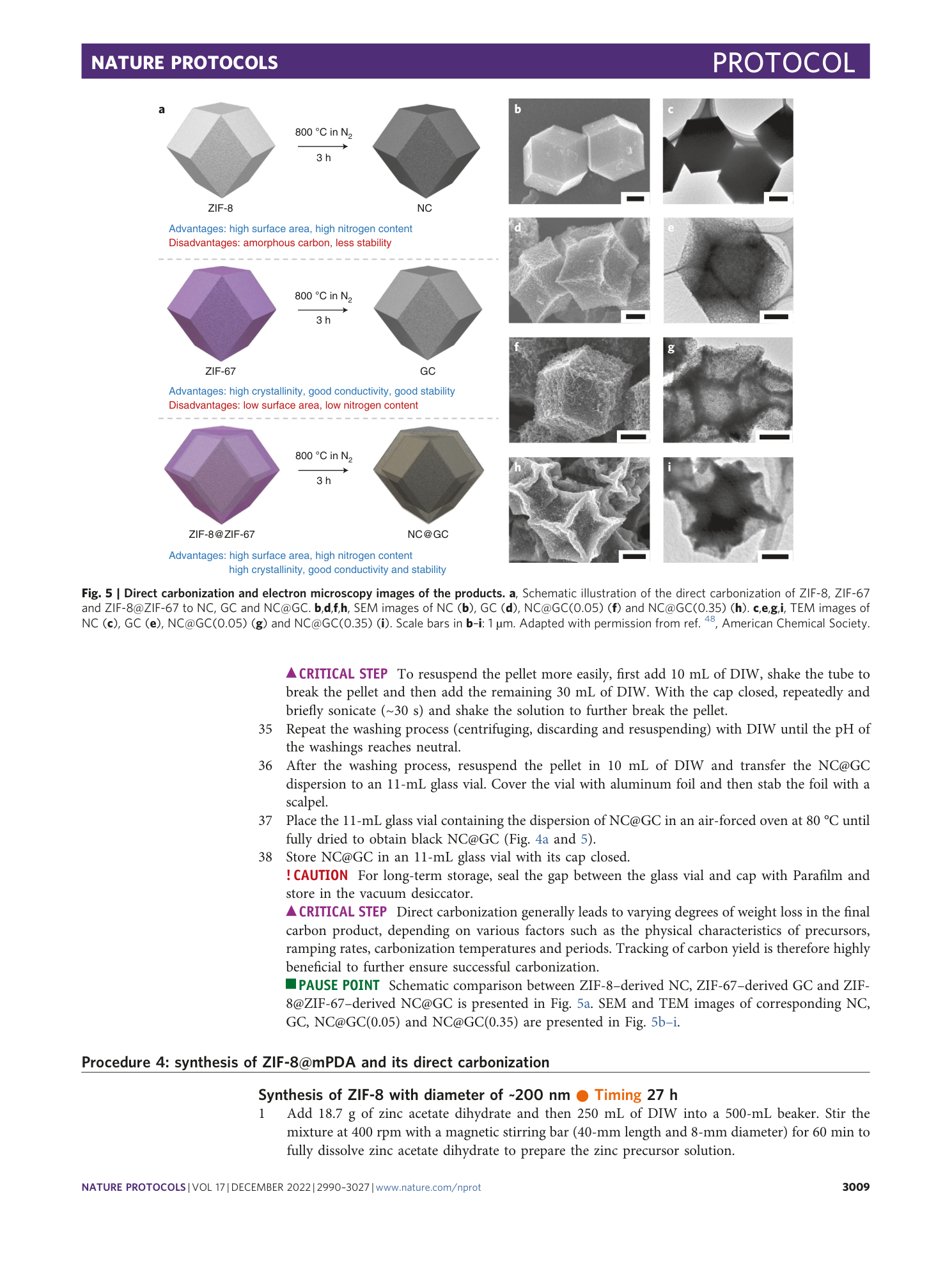
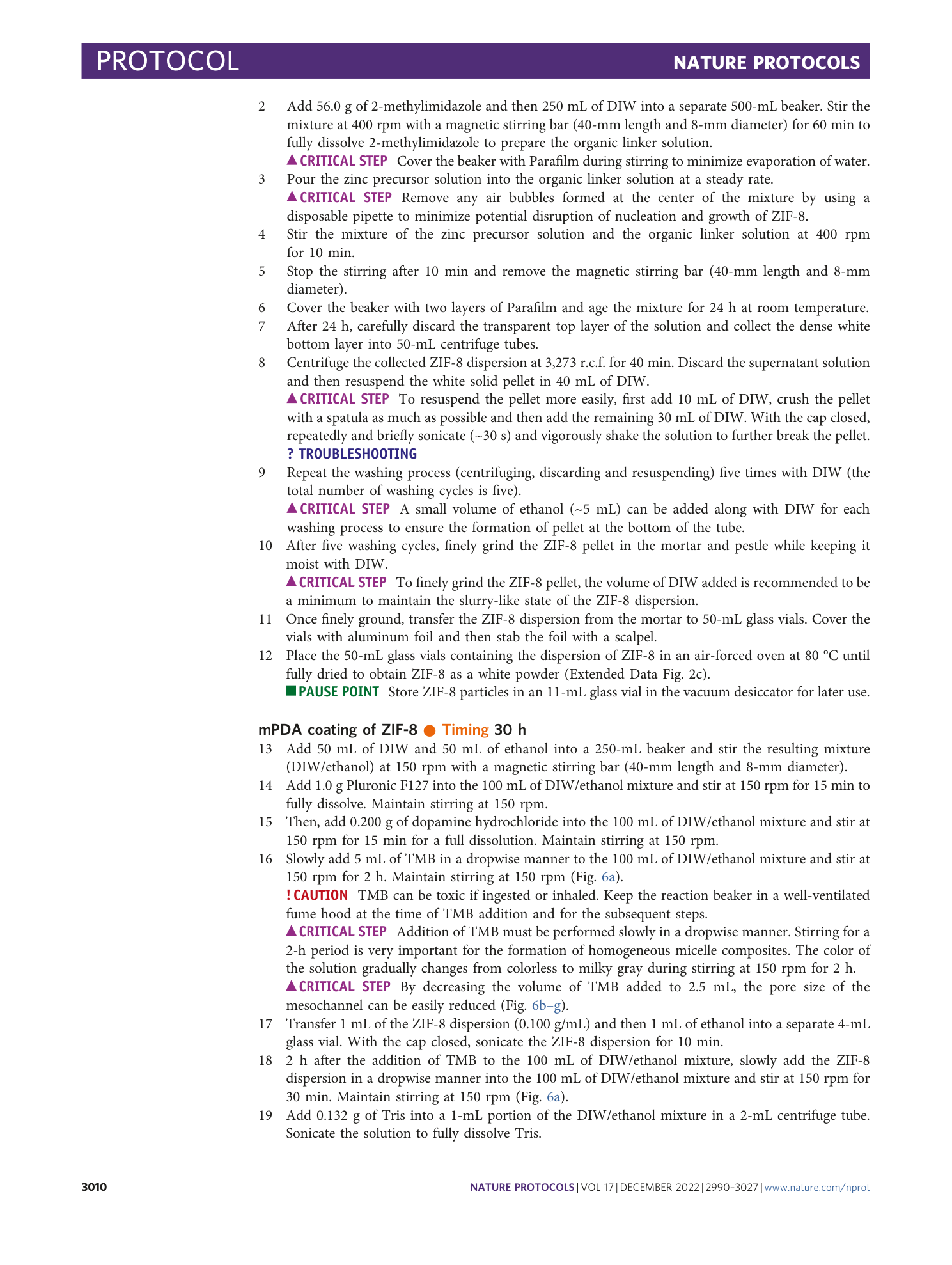
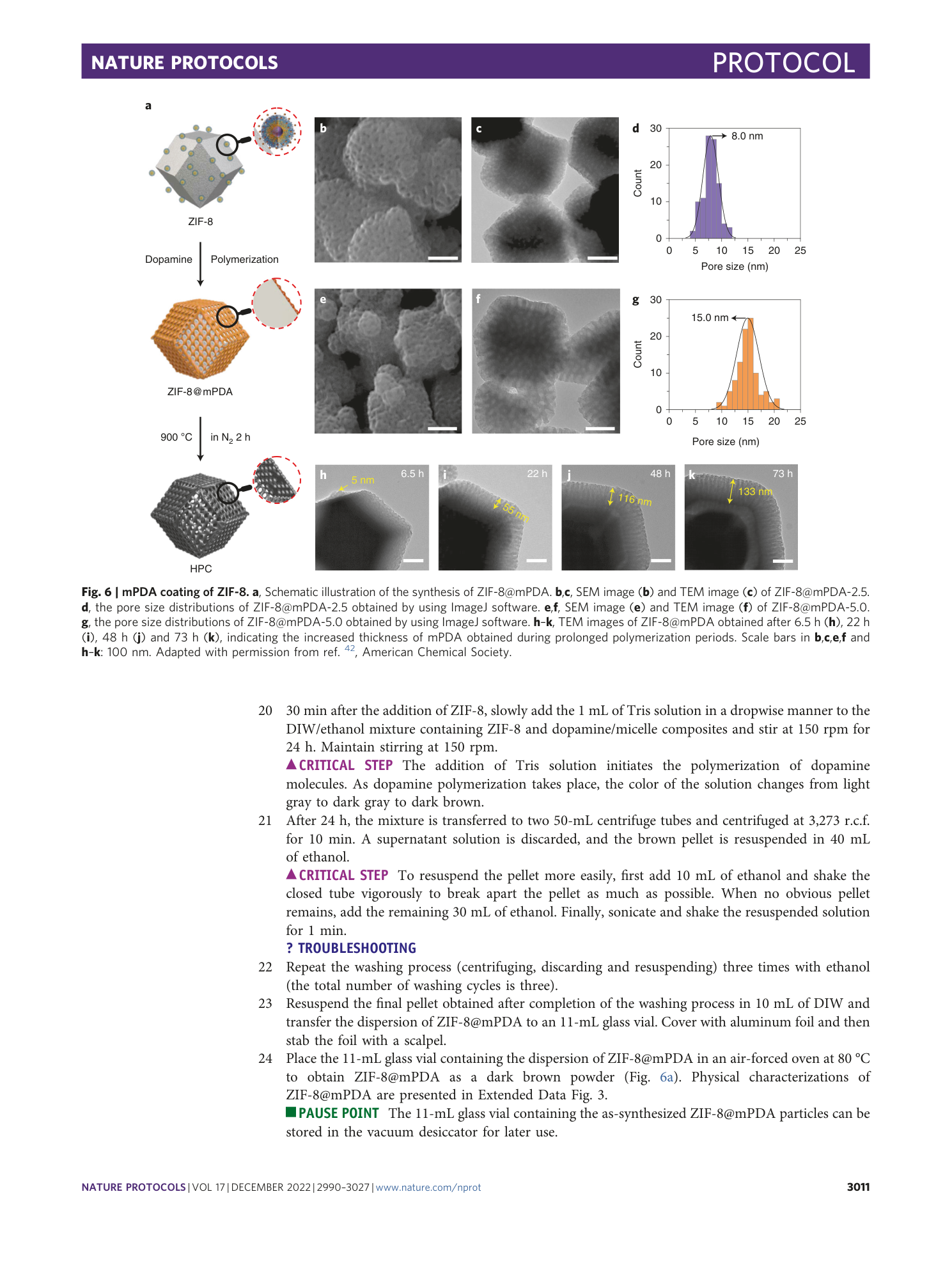
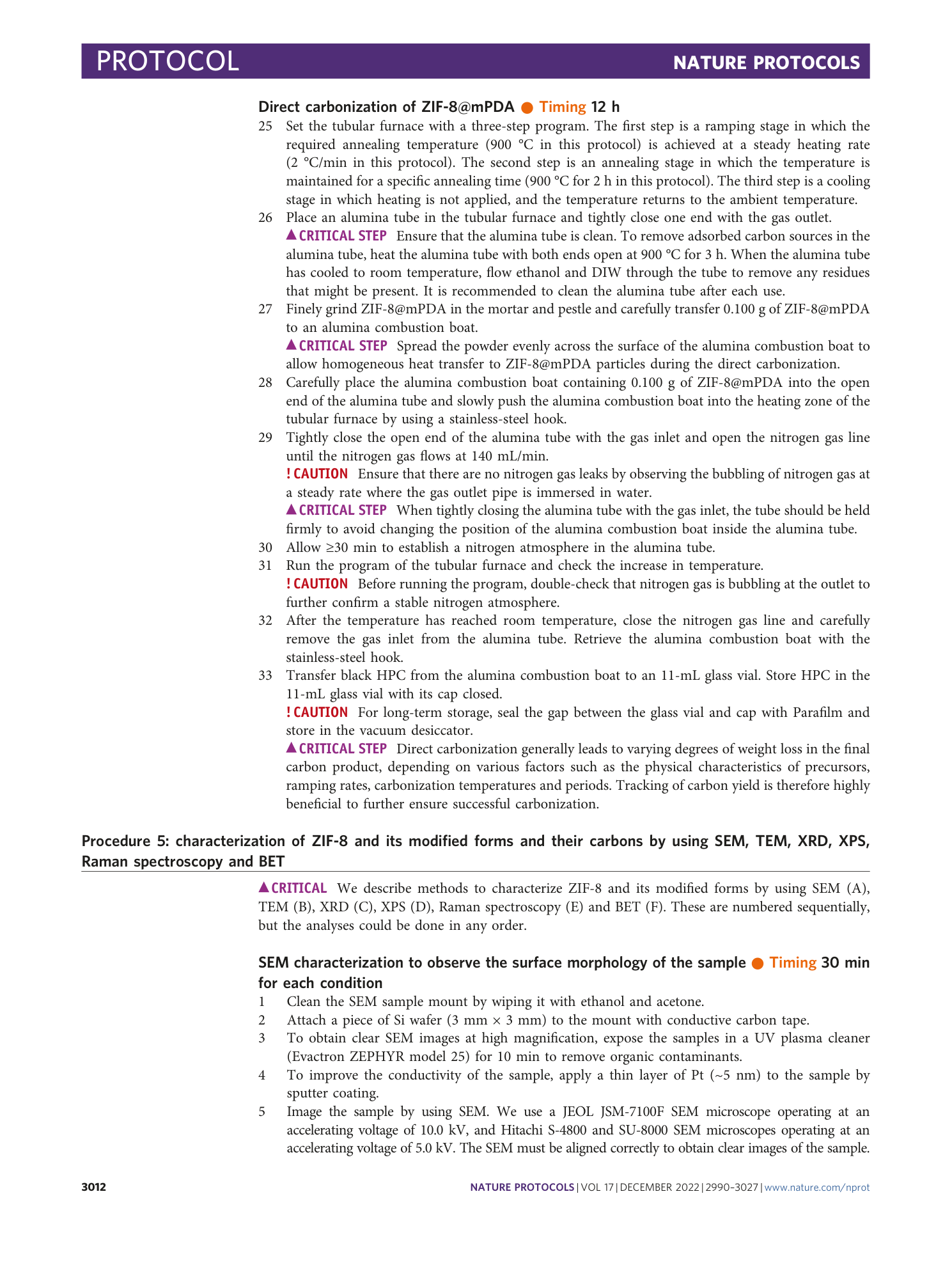

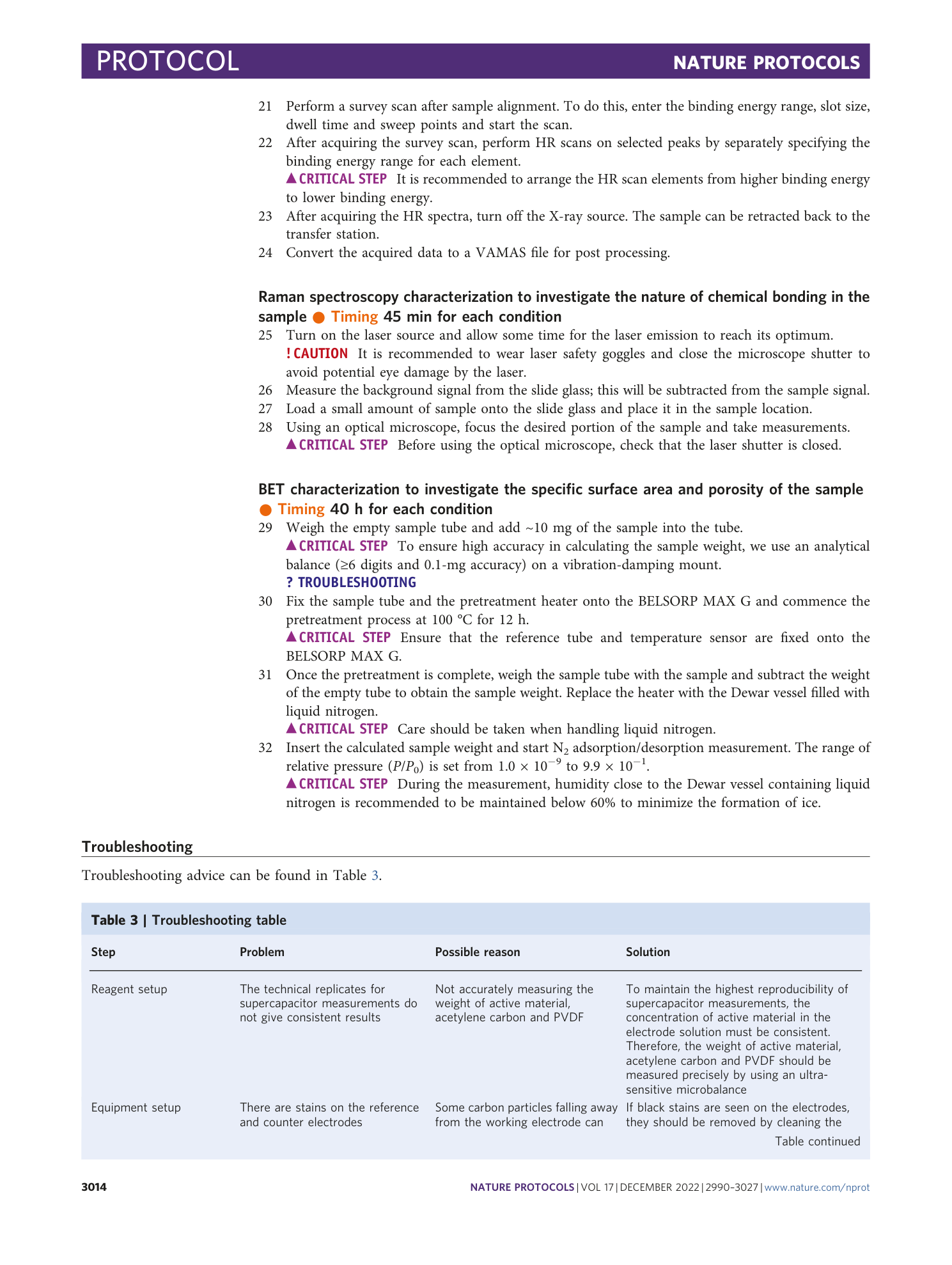
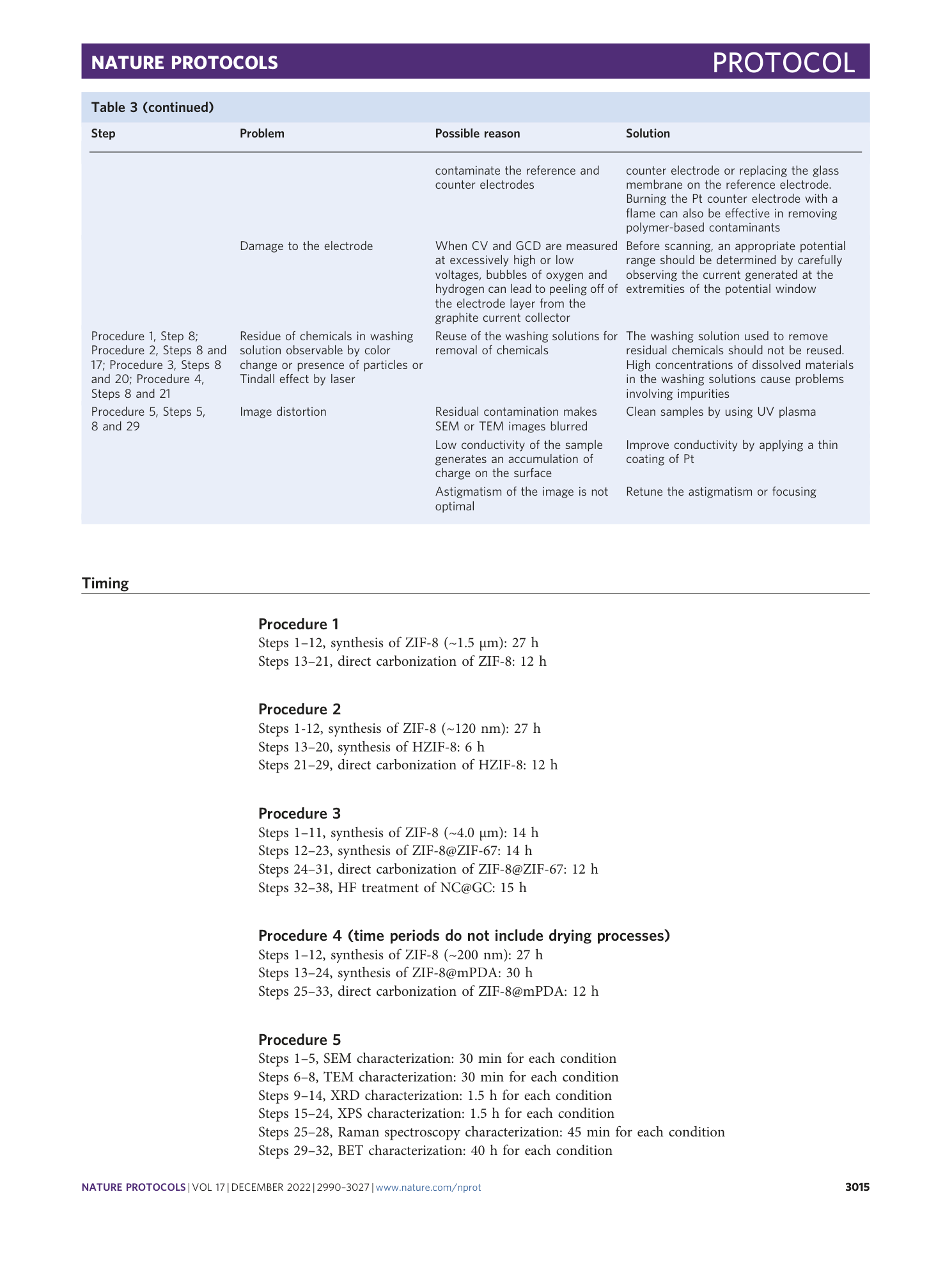

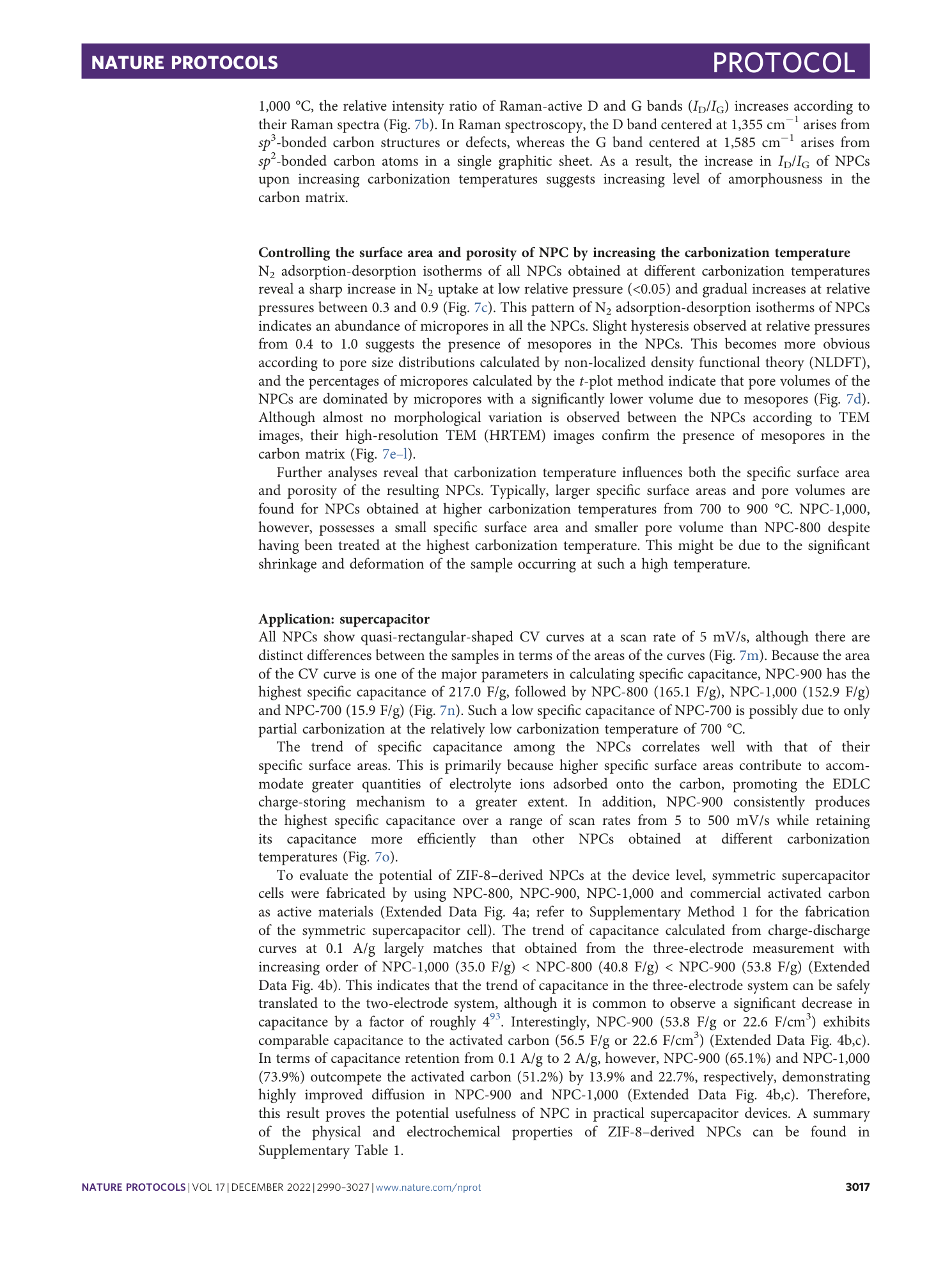
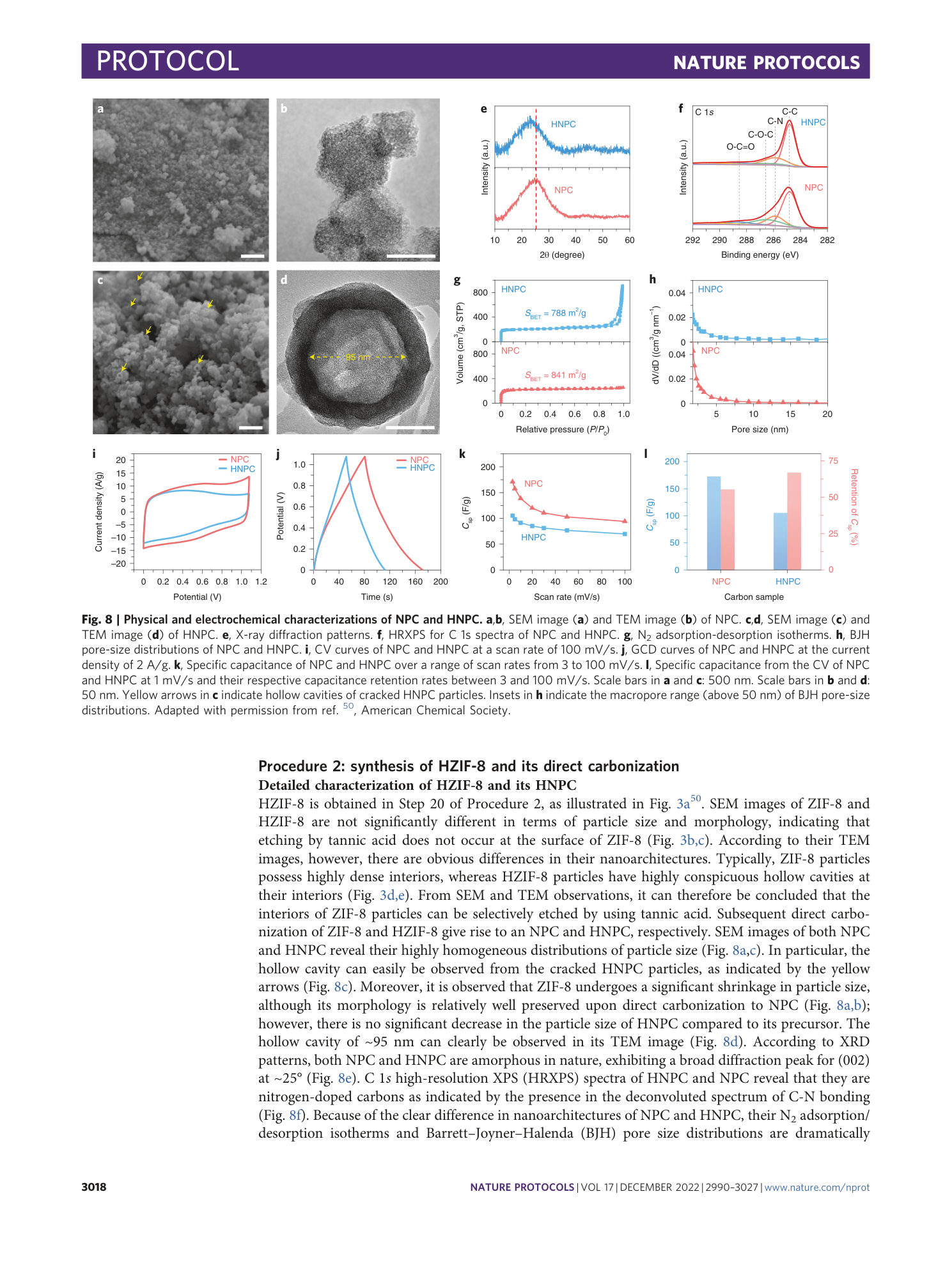
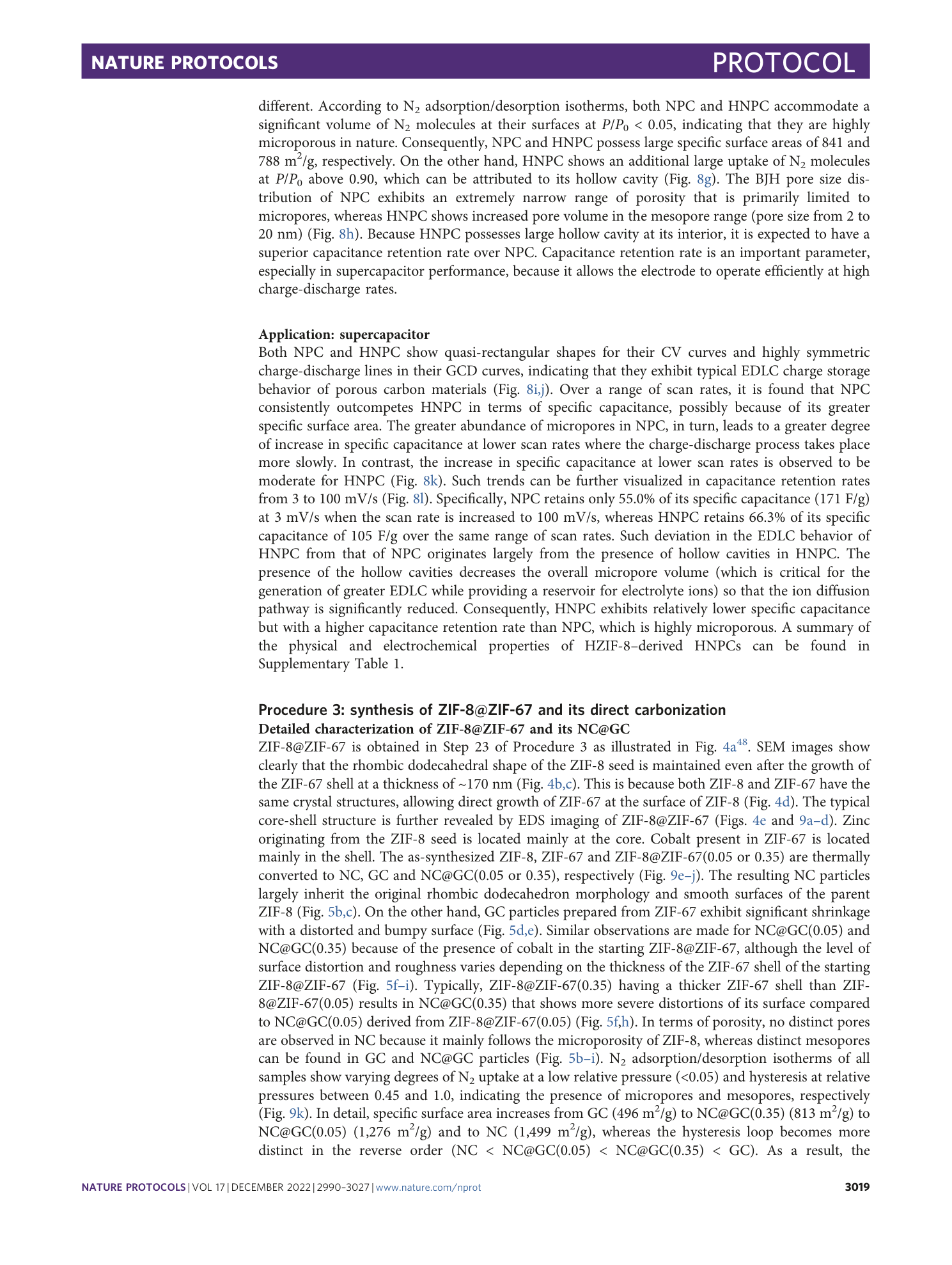


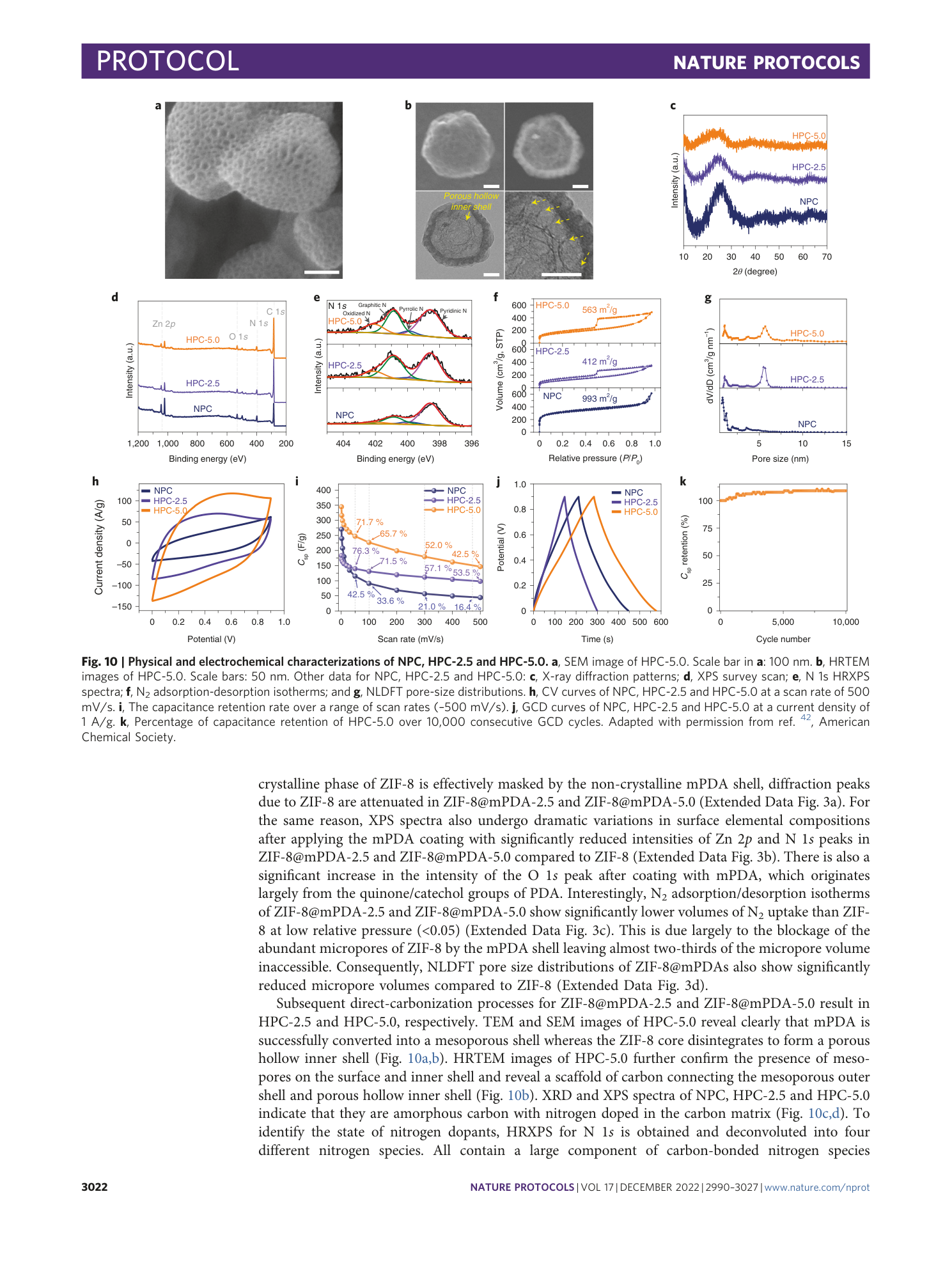

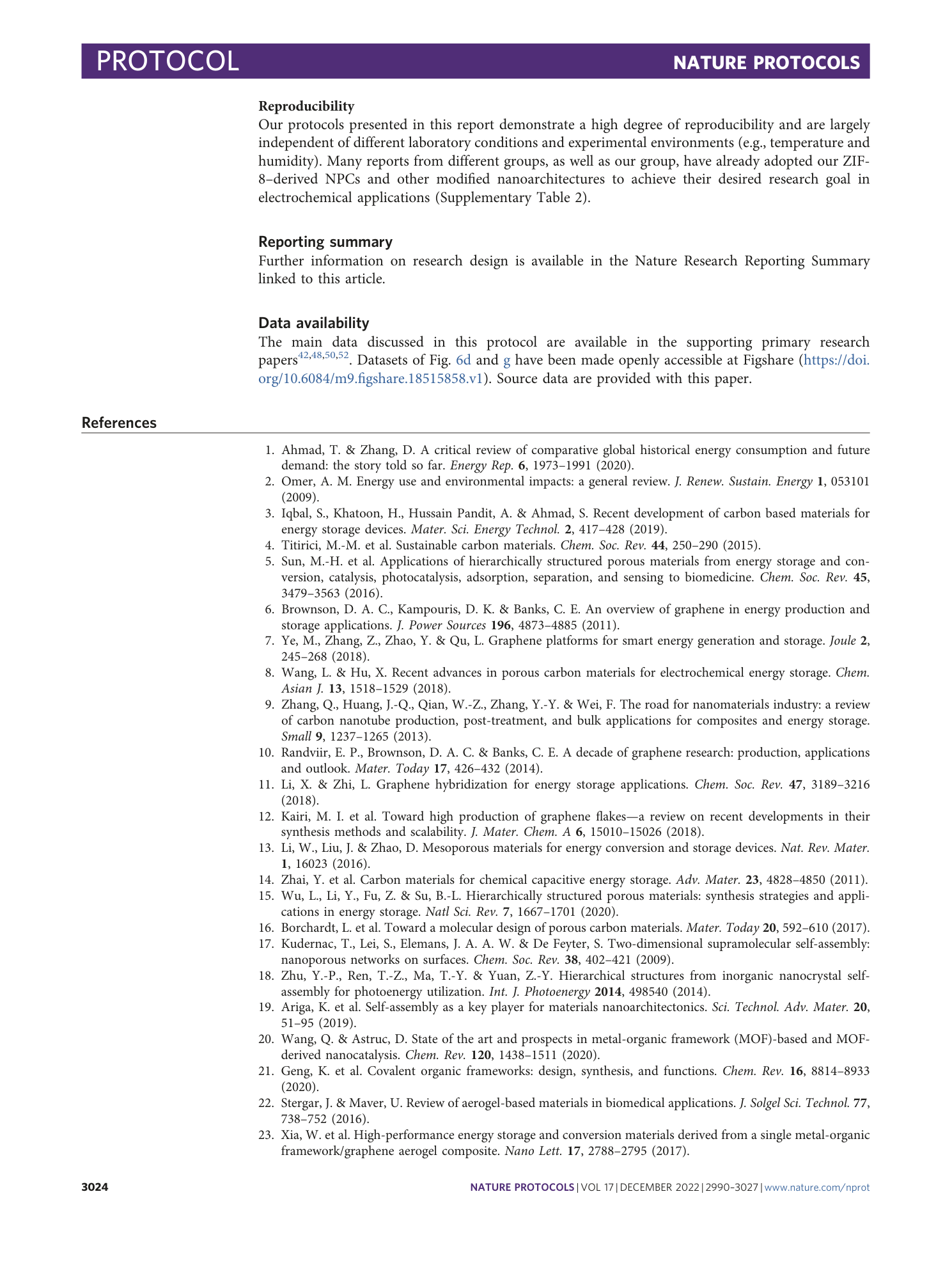
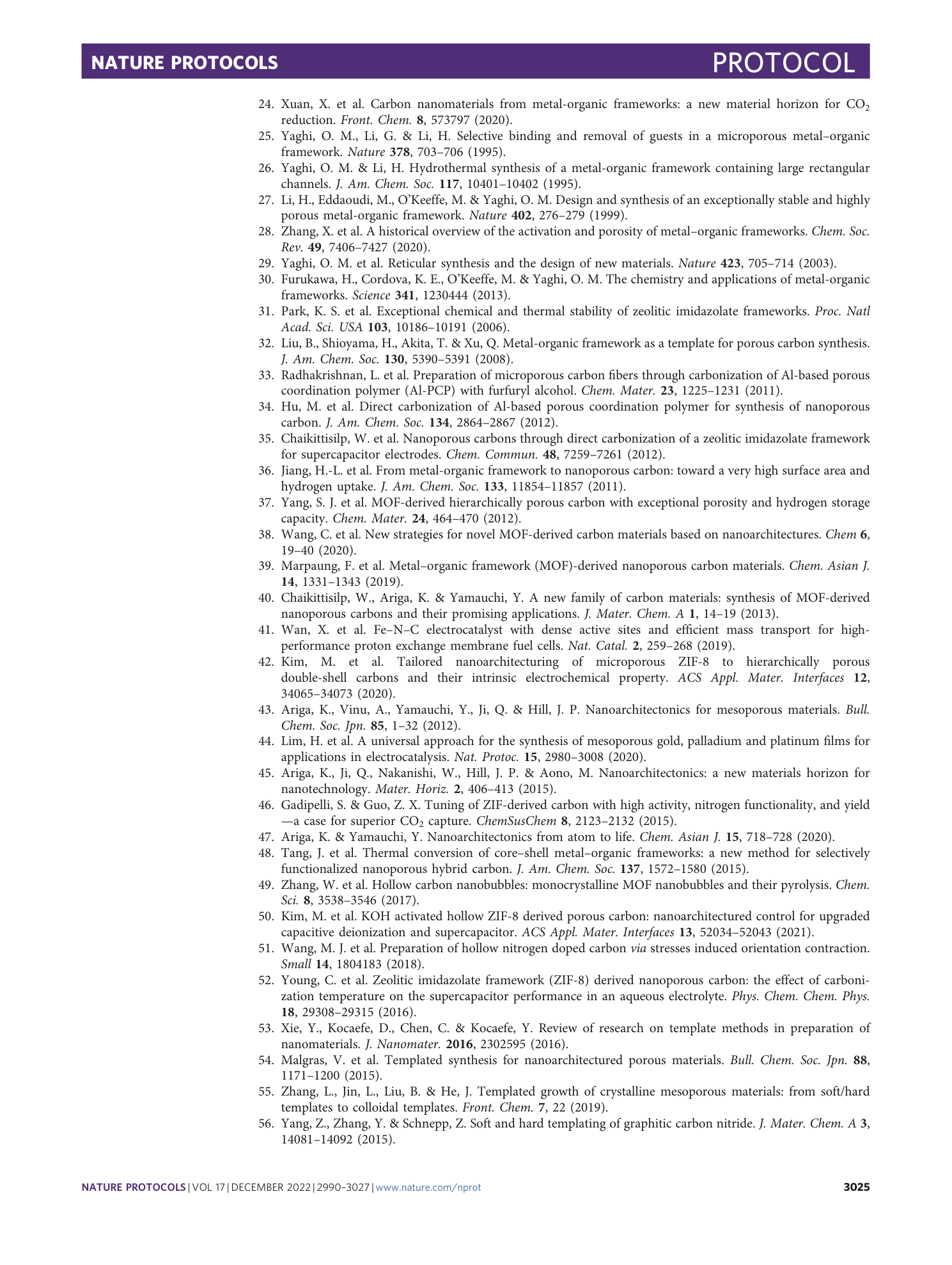
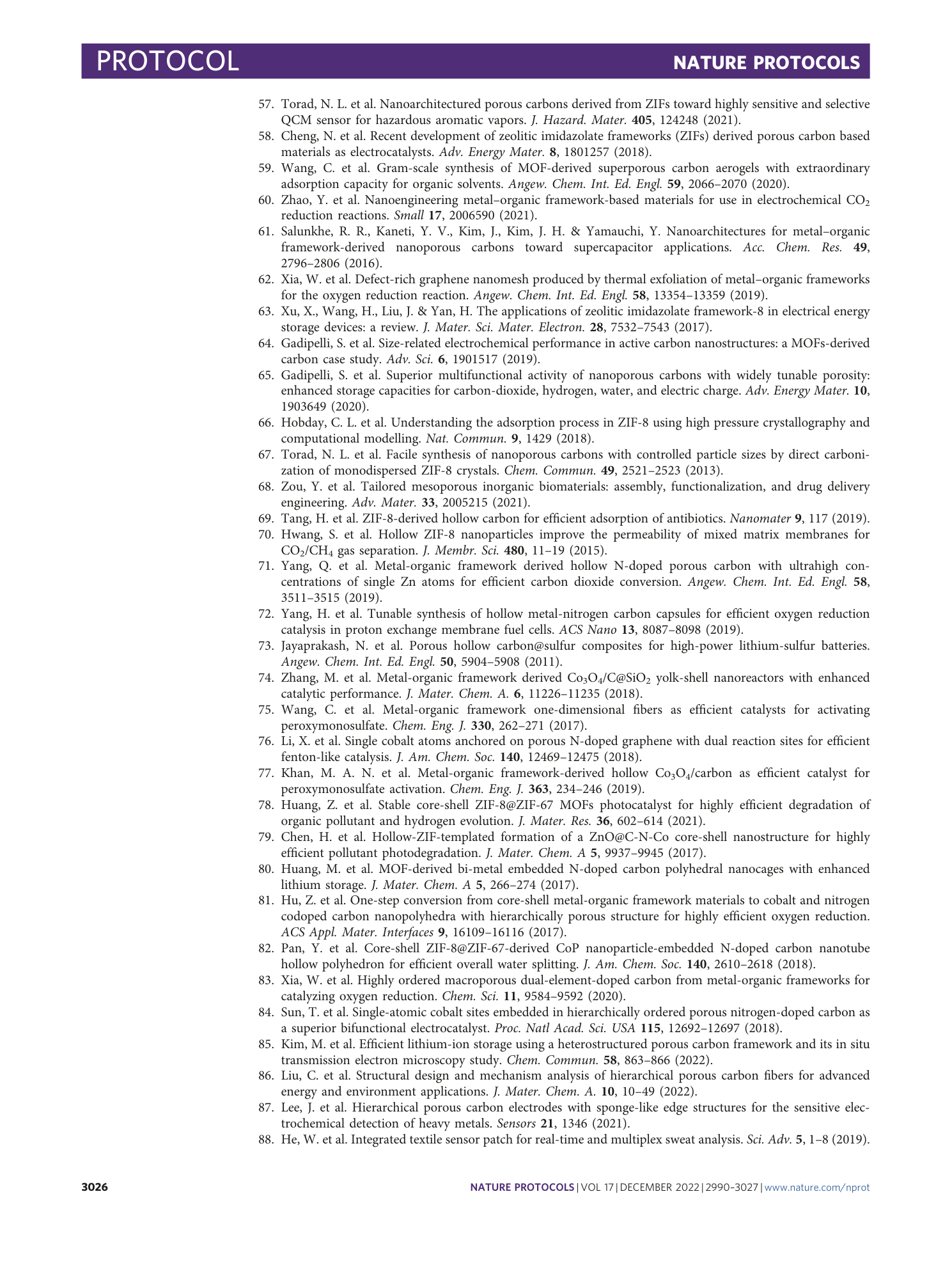

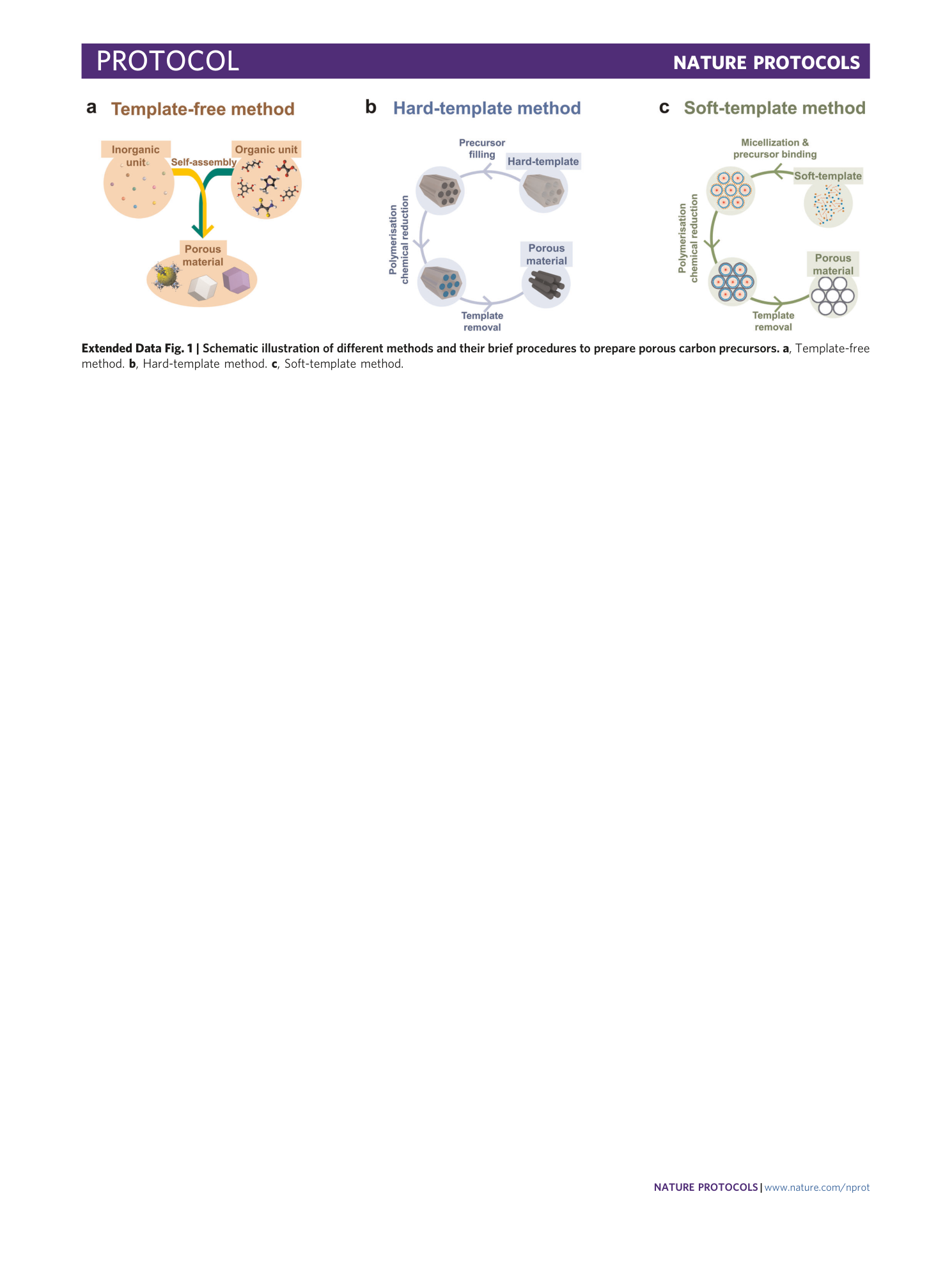
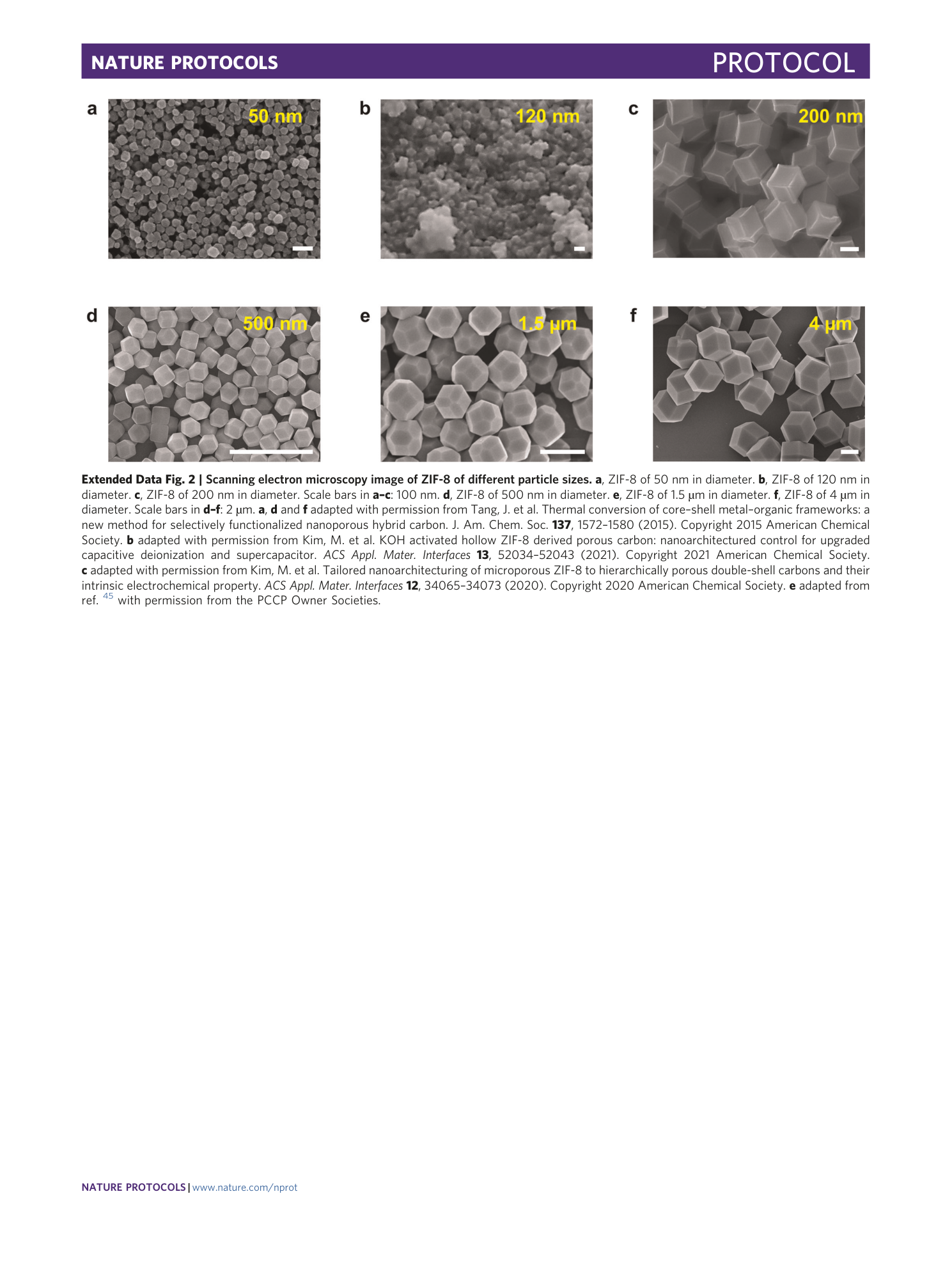

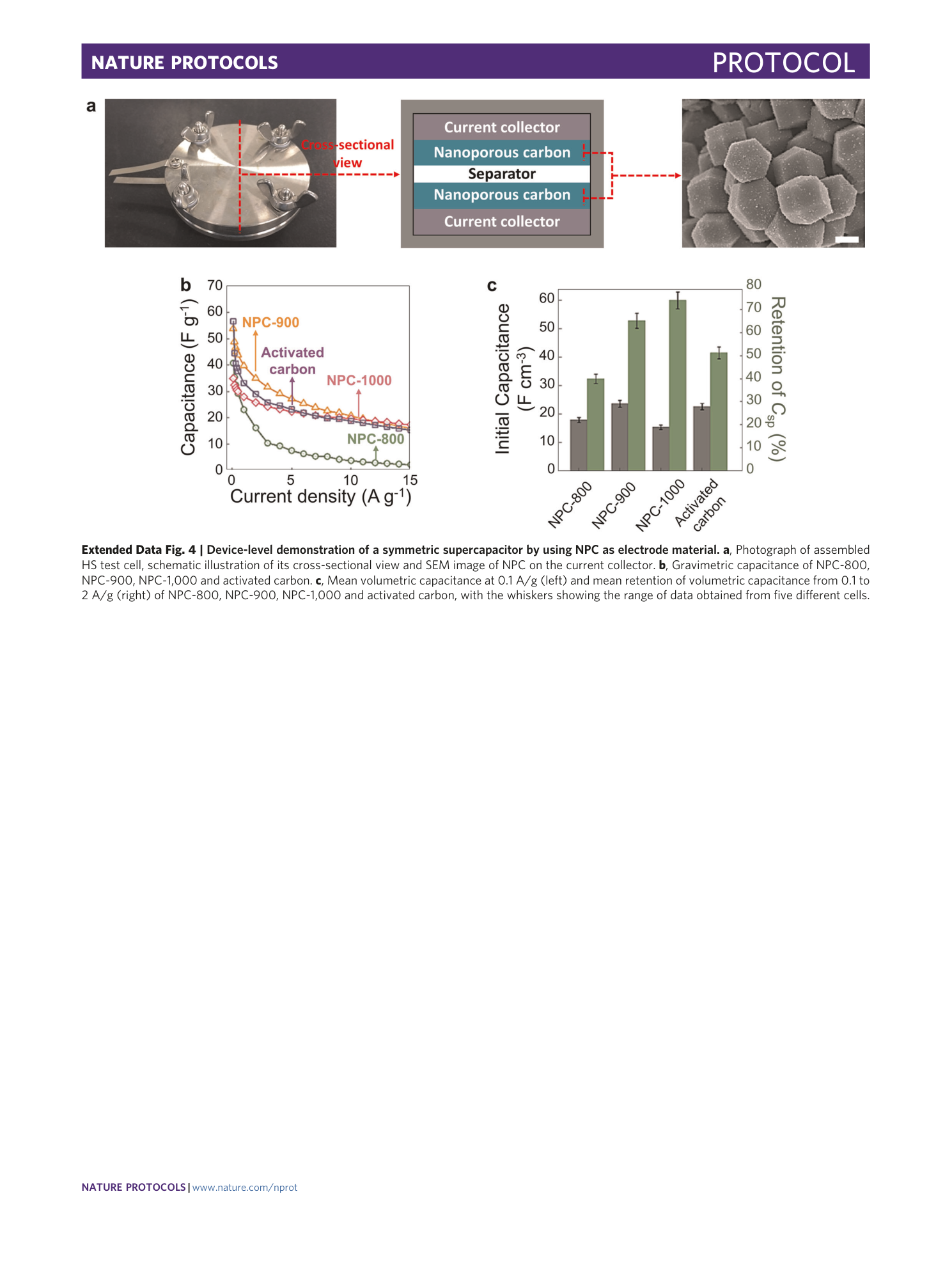
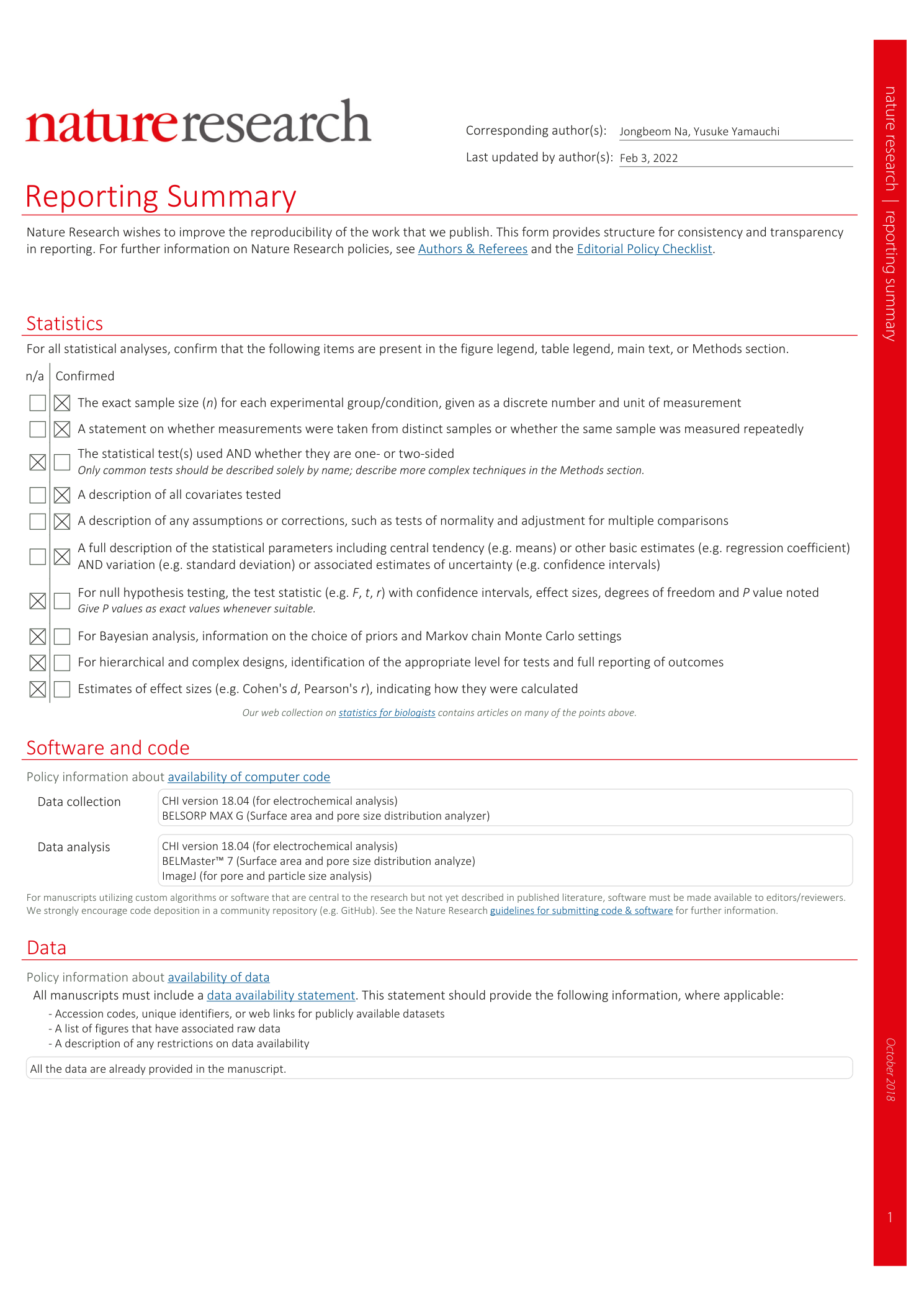
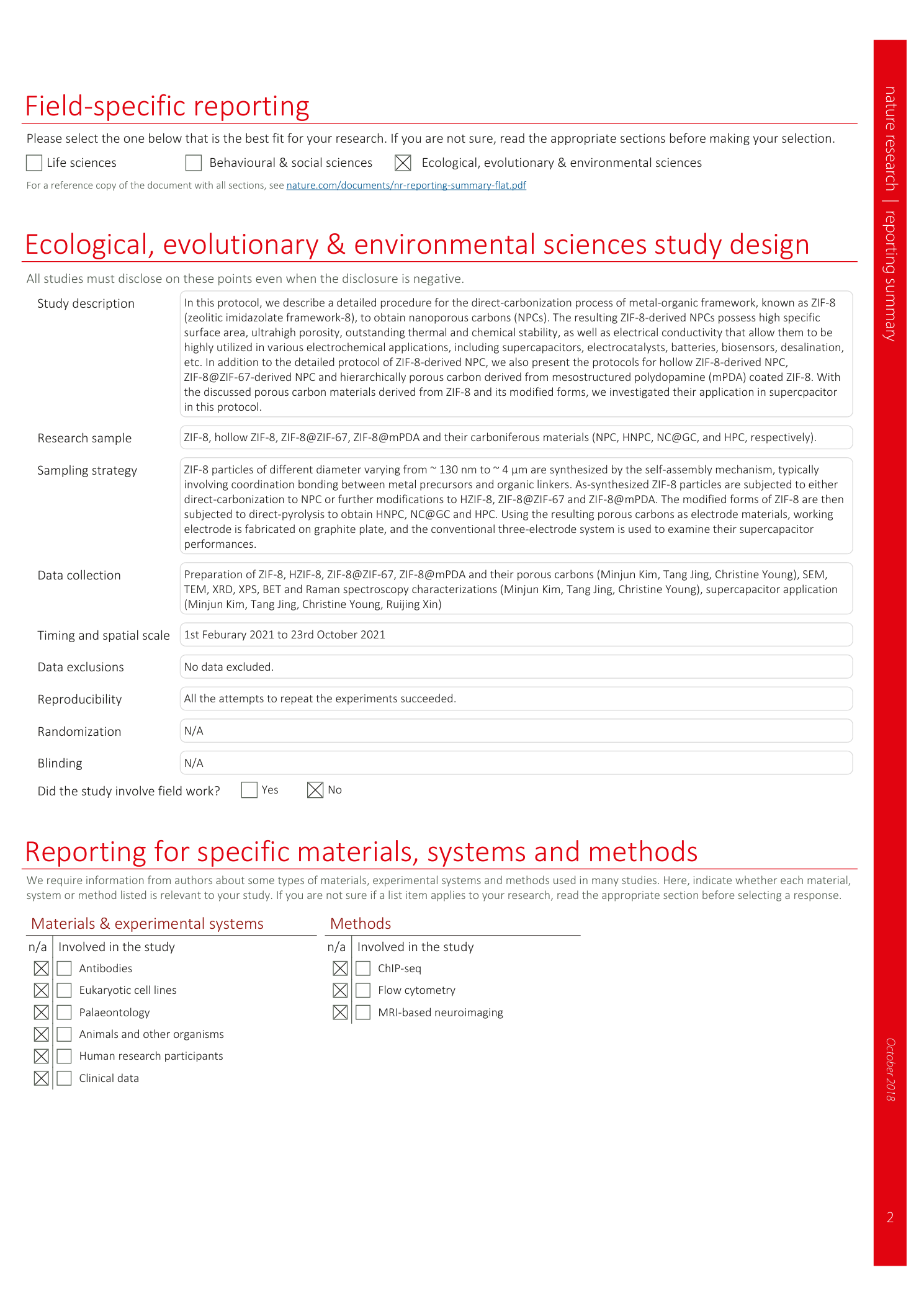
Extended
Extended Data Fig. 1 Schematic illustration of different methods and their brief procedures to prepare porous carbon precursors.
a , Template-free method. b , Hard-template method. c , Soft-template method.
Extended Data Fig. 2 Scanning electron microscopy image of ZIF-8 of different particle sizes.
a , ZIF-8 of 50 nm in diameter. b , ZIF-8 of 120 nm in diameter. c , ZIF-8 of 200 nm in diameter. Scale bars in a–c : 100 nm. d , ZIF-8 of 500 nm in diameter. e , ZIF-8 of 1.5 µm in diameter. f , ZIF-8 of 4 µm in diameter. Scale bars in d–f : 2 µm. a , d and f adapted with permission from Tang, J. et al. Thermal conversion of core–shell metal–organic frameworks: a new method for selectively functionalized nanoporous hybrid carbon. J. Am. Chem. Soc. 137 , 1572–1580 (2015). Copyright 2015 American Chemical Society. b adapted with permission from Kim, M. et al. KOH activated hollow ZIF-8 derived porous carbon: nanoarchitectured control for upgraded capacitive deionization and supercapacitor. ACS Appl. Mater. Interfaces 13 , 52034–52043 (2021). Copyright 2021 American Chemical Society. c adapted with permission from Kim, M. et al. Tailored nanoarchitecturing of microporous ZIF-8 to hierarchically porous double-shell carbons and their intrinsic electrochemical property. ACS Appl. Mater. Interfaces 12 , 34065–34073 (2020). Copyright 2020 American Chemical Society. e adapted from ref. 45 with permission from the PCCP Owner Societies.
Extended Data Fig. 3 Physical characterization of ZIF-8 and mPDA-coated ZIF-8.
a , X-ray diffraction; b , XPS spectra; c , N 2 adsorption-desorption isotherms; and d , NLDFT pore-size distributions of ZIF-8, ZIF-8@mPDA-2.5 and ZIF-8@mPDA-5.0. Adapted with permission from Kim, M. et al. Tailored nanoarchitecturing of microporous ZIF-8 to hierarchically porous double-shell carbons and their intrinsic electrochemical property. ACS Appl. Mater. Interfaces 12 , 34065–34073 (2020). Copyright 2020 American Chemical Society.
Extended Data Fig. 4 Device-level demonstration of a symmetric supercapacitor by using NPC as electrode material.
a , Photograph of assembled HS test cell, schematic illustration of its cross-sectional view and SEM image of NPC on the current collector. b , Gravimetric capacitance of NPC-800, NPC-900, NPC-1,000 and activated carbon. c , Mean volumetric capacitance at 0.1 A/g (left) and mean retention of volumetric capacitance from 0.1 to 2 A/g (right) of NPC-800, NPC-900, NPC-1,000 and activated carbon, with the whiskers showing the range of data obtained from five different cells.
Supplementary information
Supplementary Information
Supplementary Method 1, Supplementary Tables 1 and 2 and Supplementary References.

